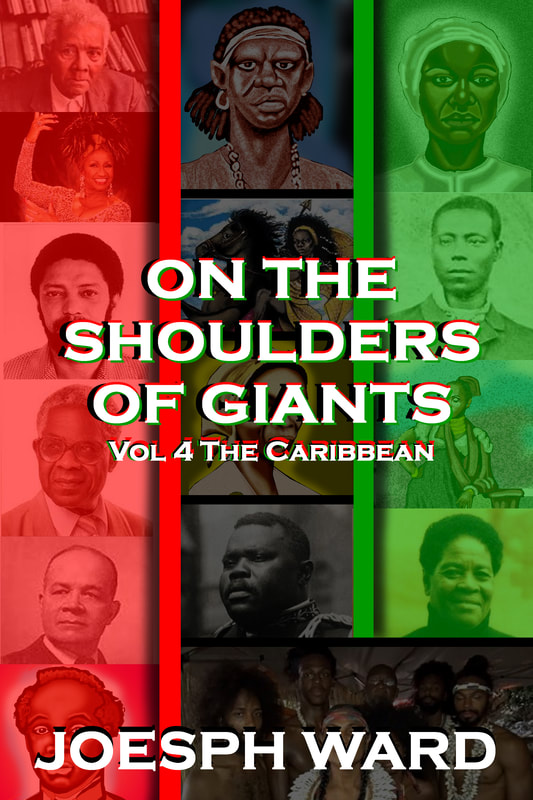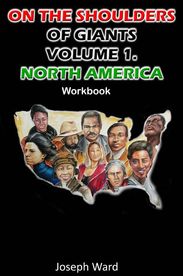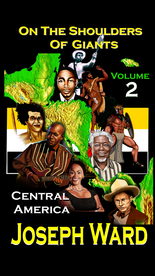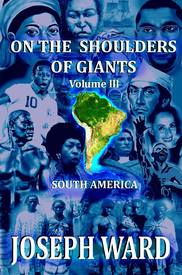|
In the early 1920s, against the backdrop of racial segregation and the Harlem Renaissance, a pioneering African-American entrepreneur named Harry Pace embarked on a journey that forever changed the landscape of the music industry. Born on January 6, 1884, in Covington, Georgia, Pace was a man with a vision that transcended the limitations of his era. Harry Pace's early life was marked by perseverance and determination. He excelled academically, earning a degree in pharmaceutical chemistry from Atlanta University, and moved to New York City, where he found work with W.E.B. Du Bois at the publishing company, The Crisis. It was here that he honed his business acumen and developed a passion for promoting African-American culture. The cultural explosion known as the Harlem Renaissance was in full swing, and Harry Pace was at its epicenter. His close associations with luminaries like Langston Hughes and Claude McKay inspired him to contribute to the artistic movement in a unique way. In 1921, Harry Pace co-founded Black Swan Records, the first black-owned record label in the United States. The name "Black Swan" symbolized grace, elegance, and the determination to soar above racial barriers. With a modest initial investment and unwavering determination, Pace sought to provide a platform for African-American artists who had long been marginalized by the mainstream music industry. Black Swan Records quickly became a beacon of hope for black musicians who had struggled to gain recognition and fair compensation for their talents. Ethel Waters, Fletcher Henderson, and Alberta Hunter were among the first artists to sign with the label, helping to shape its unique sound and identity. Despite facing immense financial and logistical challenges, Harry Pace's dedication to his artists and his commitment to quality music allowed Black Swan Records to thrive. The label produced a diverse array of genres, including blues, jazz, gospel, and classical, paving the way for future black musicians and entertainers. As the Great Migration brought millions of African Americans from the rural South to urban centers like New York, Black Swan Records became a cultural touchstone, reflecting the experiences and aspirations of a newly empowered community. The Great Depression and mounting financial pressures eventually took their toll on Black Swan Records, leading to its closure in 1923. Despite its relatively short existence, the label's impact on the music industry and African-American culture endured. Harry Pace continued his legacy by co-founding the Supreme Life Insurance Company, contributing to the economic empowerment of black communities. In recent decades, the music of Black Swan Records has been rediscovered and celebrated, ensuring that the pioneering work of Harry Pace and the artists of the label will not be forgotten. Their influence on subsequent generations of musicians and entrepreneurs is immeasurable. "Harmony in the Shadows: The Black Swan Records Saga" is a testament to the resilience, creativity, and indomitable spirit of Harry Pace and the artists who made Black Swan Records a beacon of hope during a tumultuous era. Their enduring legacy reminds us of the power of music to unite, and inspire, people of all races. Harry Pace's vision and determination continue to empower generations, serving as a beacon of hope for those who dare to dream beyond the constraints of their time.
0 Comments
Capoeira is a unique martial art that combines elements of dance, acrobatics, music, and self-defense. It is thought to have originated in Brazil and is often associated with the Afro-Brazilian community. However, the roots of capoeira can be traced back to Africa, specifically to the cultures brought to the Americas by enslaved Africans. Capoeira's history is intertwined with the transatlantic slave trade. In the 16th century, millions of Africans were forcibly brought to Brazil to work on sugar and coffee plantations. Enslaved Africans in Brazil came from various regions in West Africa. These enslaved individuals came from diverse African cultures, bringing with them a rich tapestry of traditions, including martial arts. Many of these African fighting systems emphasized fluid movements, kicks, and the use of music and rhythm as integral parts of their training. These elements would later be incorporated into capoeira. African spiritual and religious practices played a significant role in the development of capoeira. Enslaved Africans in Brazil practiced religions like Candomblé and Umbanda, which involved ritualistic dances and movements. These religious practices contributed to the rhythmic and dance-like aspects of capoeira. Enslaved Africans faced harsh oppression, and many forms of resistance were suppressed. To circumvent this, they disguised their martial training as dance and play. Capoeira was born out of this necessity, serving as both a means of self-defense and a form of cultural preservation. In the 1835 Malê Revolt in Bahia, capoeira was used as a form of combat by the insurgents, highlighting its martial efficacy. Capoeira initially developed in rural areas but later migrated to urban centers, notably Rio de Janeiro and Salvador. In these urban environments, it evolved and adapted to new influences. Over time, Capoeira incorporated elements of Brazilian culture, such as Portuguese language, music, and indigenous Brazilian influences. It also became a means of cultural expression for marginalized communities. Enslaved Africans were prohibited from practicing Capoeira after slave masters learned what it was used for. In the late 19th and early 20th centuries, capoeira was criminalized in Brazil due to its association with criminal gangs. Practitioners were persecuted and often had to conceal their involvement in the art. Capoeira experienced a resurgence in the mid-20th century, thanks in part to the efforts of Mestre Bimba and Mestre Pastinha, who formalized and promoted the art. In 1932, Mestre Bimba founded the first capoeira school, which focused on preserving the martial aspects of the art. Today, capoeira is a globally recognized martial art, practiced by people of various backgrounds. It is divided into two main styles: Angola and Regional. Capoeira is celebrated not only for its physical aspects but also for its cultural and musical components. It continues to serve as a symbol of resistance, cultural identity, and pride for the Afro-Brazilian community. Capoeira's African origins are a testament to the resilience and creativity of enslaved Africans in Brazil. It emerged as a form of disguised resistance, blending African martial traditions with dance, music, and religious influences. Over time, it evolved into a vibrant cultural phenomenon, transcending borders and promoting a sense of cultural pride and unity. The African roots of capoeira remain a source of inspiration and a powerful symbol of cultural preservation and resistance in Brazil and beyond. Thérèse Sita-Bella, born on December 18, 1933, in Cameroon to the Beti tribe, emerged as a trailblazing filmmaker whose work helped build the foundation for the future of the African cinematic landscape. Thérèse Sita-Bella grew up in Yaounde, Cameroon, and attended Catholic schools operated by missionaries for her primary education. After completing her educational requirements, she enrolled at the University in Yaounde and received her bachelor’s degree. She then took full advantage of an opportunity to further her studies in Paris, France. While studying in Paris, she developed an interest in film-making, which turned into a passion that would inspire the African continent. Returning to Cameroon, Sita-Bella recognized the power of her voice and film as a medium to amplify the voices and stories of her people. In 1955, Sita-Bella began working as a journalist, a career that helped to catapult her into the film industry. In 1963, when African cinema was in its infancy, she embarked on her filmmaking journey. She became the first female African film director, contributing significantly to the development of Cameroonian and African cinema. While directing films, she continued her career as a journalist. She co-founded and contributed to the newspaper La Vie Africane. The newspaper was founded in 1967. Sita-Bella's work was characterized by its focus on social issues, cultural richness, and the complexities of identity. Her film, "Tam Tam à Paris" debuted in 1969 and is credited as the first film directed by an African woman. Thérèse Sita-Bella's impact on African cinema was profound. She paved the way for future generations of African filmmakers, particularly women, to find their voices in a male-dominated industry. Her dedication to preserving and sharing African stories helped create a cinematic identity for the continent. Thérèse Sita-Bella passed away on February 27, 2006. Her films and pioneering spirit continue to resonate, reminding us of how the power of cinema can be used to educate and inspire people to create change for themselves. To Ms. Therese Sita-Bella, we stand on your shoulders. References: https://en.wikipedia.org/wiki/Th%C3%A9r%C3%A8se_Sita-Bella Chloe Cooley's life began in the shadows of injustice, as she was born into the harsh reality of slavery in Upper Canada (now Ontario) during the late 18th century. Hers was a life marked by resilience, determination, and a fierce pursuit of freedom, leaving an indelible mark on the history of Canada and the fight against the institution of slavery. Chloe was born to an enslaved mother, and from a young age, she experienced the harsh conditions of servitude, where the rights and dignity of Black individuals were stripped away by a system that saw them as property rather than people. Her early years were filled with hard labor and the constant fear of being separated from her family, as slaveholders had the power to buy, sell, or lease enslaved individuals at their whim. As Chloe grew older, she became aware of the injustices around her, and her desire for freedom burned within her heart. She witnessed the struggles of her fellow enslaved people, the whispers of resistance that echoed through their community, and the courage it took to dream of a life outside the confines of bondage. Chloe understood that change would not come quickly, but was determined to play her part. The turning point in Chloe's life came in 1793 when she was just 30 years old. On a fateful day in March, Chloe's owner, Sergeant Adam Vrooman, made the chilling decision to sell her to a new owner in the United States. Realizing that this would likely lead to the separation from her family, Chloe refused to be taken quietly. In a bold and courageous act, she fought back with all her might, drawing the attention and concern of a local Quaker, Peter Martin. Peter Martin, an abolitionist, was deeply disturbed by the scene before him and the injustice of the situation. He believed in the rights and dignity of all individuals, regardless of their race, and he could not stand idly by as Chloe faced this cruel fate. Recognizing the situation's urgency, he immediately sought legal action to challenge the sale. Peter Martin's actions resulted in a historic court case that reverberated through Upper Canada and beyond. While ultimately unsuccessful in securing Chloe's immediate freedom, the trial brought much-needed attention to the horrors of slavery in Canada and ignited public debate on the subject. It was a pivotal moment in the country's history, and Chloe Cooley became a symbol of resistance and the fight for justice. Although Chloe did not experience freedom in her lifetime, her bravery and the legal battle sparked by her struggle helped pave the way for passing the Act To Limit Slavery in Upper Canada, Canada’s only anti-slavery legislation. Chloe Cooley was named a Canadian National Historic Person in 2022 and was honored on a postage stamp in 2023. To Ms. Chloe Cooley, we proudly stand on your shoulders. References: https://en.wikipedia.org/wiki/Chloe_Cooley https://www.thecanadianencyclopedia.ca/en/article/chloe-cooley-and-the-act-to-limit-slavery-in-upper-canada John Edward Bruce was born on February 22, 1856, in Piscataway, Maryland, and was a pioneering African-American historian, journalist, and civil rights activist who made significant contributions to the advancement of African-American history in the late 19th and early 20th centuries. Bruce was born into slavery, but he and his family gained their freedom after escaping slavery with his mother and fleeing to Washington D.C. Growing up in Connecticut, he displayed a keen interest in education and learning from an early age. Bruce was able to enroll in an integrated school because of his family’s relationship with a Senator from Missouri. He then attended Howard University for three months before unenrolling. He never furthered his education formally, all of his education from this point was self-taught. Bruce's passion for writing and storytelling led him to a career in journalism at the age of 18. In 1874 he began his career as a messenger for the associate editor of the New York Times. He helped found several prominent African-American newspapers, including The Argos Weekly, The Sunday Item, and The Republican. In addition to founding his own newspapers, he managed and contributed to several other newspapers. In addition to using his pen to bring attention to the lack of civil rights for black Americans, he became a highly sought-after lecturer, speaking about black history and the lynching's of blacks in America. In 1890, Bruce became a member of the Afro-American League, the first civil rights group in the United States, The Afro-American League was later reformed into the Afro-American Council. In 1908, he moved to Yonkers, New York, and founded the newspaper The Weekly Standard. Recognizing the lack of accurate and comprehensive records of African-American history, Bruce dedicated himself to historical research and scholarship. He embarked on a mission to uncover and document the contributions of African Americans throughout history, challenging prevailing narratives that often ignored or downplayed their achievements. Bruce’s dedication led him to collaborate with black historians, leaders, and intellectuals such as Arturo Schomburg and Marcus Garvey. Bruce’s relationship with Schomburg led to the founding of the Negro Society for Historical Research in 1911. The Negro Society united black intellectuals from across the African diaspora, which helped to create the foundation of the Schomburg Center for Research in Black Culture, in Harlem, New York. John Edward Bruce's contributions to African-American history, journalism, and civil rights advocacy are immeasurable. He played a pivotal role in challenging stereotypes and promoting a more accurate understanding of African-American history. His dedication to historical research and documentation paved the way for future scholars and historians to continue uncovering and sharing the stories of African Americans who were marginalized or ignored by mainstream historical accounts. John Edward Bruce passed away on August 7, 1924. His work serves as a testament to the power of education, perseverance, and a commitment to telling the untold stories of African people. Samuel Cornish was a man of determination, courage, and a strong advocate for the rights of African Americans. Born in 1795 in Sussex County, Delaware, and was a free person because his parents were free from slavery. After 20 years, Samuel moved to Philadelphia, Pennsylvania with his family to live in a community of free blacks. Samuel gained an education at the Free African School while living in Philadelphia. After graduating he began his training to become a Presbyterian Minister, a goal he achieved in 1822. After Samuel completed his training he moved to New York City and helped to gather the first black Presbyterian congregation, and he helped to found the first black Presbyterian church in New York. In 1827, together with his friend and fellow activist John B. Russwurm, Samuel Cornish founded "Freedom's Journal." It was the first African American-owned and operated newspaper in the United States. The newspaper's motto was "We wish to plead our own cause," reflecting the determination of African Americans to be heard and recognized as equals. Through "Freedom's Journal," Samuel Cornish and John B. Russwurm championed various causes, including the fight against slavery, the promotion of education, and the denouncement of racial discrimination. They provided a platform for African-American writers and intellectuals to express their views, showcasing their talents and potential. The newspaper tackled issues like voter disenfranchisement, segregation, and racial stereotypes. It was a powerful force in shaping public opinion and fostering a sense of community and unity among African Americans during a time when their voices were often suppressed. Samuel resigned from the newspaper within a year and began working as an agent for the New York Free African Schools. But it was not long before he returned to the Freedom’s Journal because, under Russwurm’s sole leadership, the success of the newspaper was declining significantly. Samuel regained the newspaper and eventually renamed it The Rights of All. As the years passed, "Freedom's Journal" or The Rights of All, inspired the creation of other African American-owned newspapers, each playing a vital role in the fight for civil rights and equality. Samuel Cornish's legacy endured, and his vision for a more just society lived on through the pages of the newspapers he helped create. Samuel Cornish died on November 6, 1858, but lived a life of resilience, advocacy, and empowerment. Through "Freedom's Journal," he and John B. Russwurm paved the way for African Americans to have a voice to tell their own stories without lies and deception. Mr. Samuel Cornish, we proudly stand on your shoulders. References: https://www.blackpast.org/african-american-history/cornish-samuel-eli-1795-1858/ https://en.wikipedia.org/wiki/Samuel_Cornish Martin Delany was an influential African-American abolitionist, physician, writer, and one of the most prominent figures in the 19th-century struggle for civil rights. He was born on May 6, 1812, in Charles Town, Virginia (now West Virginia), during a time of profound racial oppression and slavery in the United States. Despite facing significant challenges as a black individual in that era, Delany obtained a formal education, which was a rarity for African Americans at the time. He attended a racially segregated school in Chambersburg, Pennsylvania, where his family had moved to escape slavery. Delany's thirst for knowledge led him to become an expert in various subjects, including medicine, law, and literature. Delany's accomplishments were manifold. In 1833, he worked as an apprentice to a physician and eventually became a licensed doctor, making him one of the first African American doctors in the United States. His medical practice served white and black patients, but he mainly focused on providing healthcare to the African-American community, often neglected by mainstream medical services. As an ardent abolitionist, Delany utilized his writing skills to advocate for the rights of African Americans and the abolition of slavery. In 1843, he co-founded and edited "The Mystery," one of the first black-owned and operated newspapers in the United States. Through this publication, he championed the fight for emancipation and encouraged black self-reliance and empowerment. Delany also collaborated with Frederick Douglass to publish content in Douglass’s North Star newspaper. Delany's most renowned work is his 1852 book, "The Condition, Elevation, Emigration, and Destiny of the Colored People of the United States." In this seminal work, he discussed the harsh realities of slavery, called for African Americans to unite, and advocated for the idea of black Americans emigrating to Africa as a means to establish an independent black nation. His commitment to the cause of African-American equality led him to collaborate with prominent abolitionists like Frederick Douglass, with whom he shared the belief in self-determination for black people. Delany served as a recruiter for the Union Army during the American Civil War, advocating for the enlistment of African-American soldiers and supporting the 54th Massachusetts Regiment, a renowned all-black military unit. After the Civil War, Delany continued to push for racial equality and served in various government positions, including as a Major in the Freedmen's Bureau, which aimed to help newly freed slaves transition to a life of freedom and autonomy. Martin Delany's life and accomplishments left a significant impact on the fight for civil rights and the pursuit of racial equality in the United States. He was a pioneering figure, breaking barriers in medicine, journalism, and civil rights activism, and his legacy continues to inspire generations of African Americans and advocates for social justice. Delany passed away on January 24, 1885, leaving behind a powerful legacy of determination, intellect, and unwavering commitment to the advancement of his people. References: https://www.blackpast.org/african-american-history/delany-major-martin-robison-1812-1885/ https://picturingblackhistory.org/martin-delany-unapologetic-african/ https://en.wikipedia.org/wiki/Martin_Delany Marie Theresa Coincoin Metoyer was born in 1742 near Natchitoches, a French settlement in the southern United States, Marie Theresa was of African and Native American descent. Her heritage, unfortunately, made her a victim of racial oppression, and slavery. From a young age, Marie Theresa displayed extraordinary intelligence and a thirst for knowledge, but opportunities for formal education were limited for her and her people. Nonetheless, she learned pharmacology and nursing skills from her parents and her community, growing up deeply appreciating her heritage and culture. By the time Marie became an adult, she was a mother of 5 children and was serving a French Creole family that owned her. Despite the harsh conditions, she remained resilient and resourceful, finding solace in her faith and determination to create a better life for herself and her loved ones. Marie's life took a significant turn when she met Claude Thomas Pierre Metoyer, a wealthy French landowner and merchant. The two developed a strong bond, and despite societal taboos, they began a relationship that defied the norms of the time. Over the years, Marie Theresa and Claude had ten children together, a family that would ultimately play a pivotal role in her life's story. Claude's wealth and influence allowed him to secure freedom for Marie Theresa in 1778, and she became a free woman of color. Marie’s owners wanted to sell her away because of her relationship with Claude. Embracing her newfound freedom, she actively engaged in business and property ventures. Most notably, trapping bears and selling their oils and furs, along with trapping and selling turkeys, indigo, and tobacco. Marie Theresa was a skilled entrepreneur and amassed a substantial estate, eventually becoming one of the most prosperous landowners in Louisiana. But Marie Theresa's ambitions extended far beyond personal success; she sought to secure freedom for her children and their descendants. In a daring and unprecedented move, she convinced Claude to legally acknowledge their children and grant them freedom, ensuring they could lead self-determined lives. By 1788, Marie Theresa and Claude had a massive land grant, and they established a community named Melrose Plantation, which was cultivated and developed by the family. This place would later symbolize African-American history and perseverance in Louisiana. Despite the challenges posed by slavery's persistence in the region, Marie Theresa was instrumental in securing education and vocational training for the African-American community, particularly her own children. She created opportunities for them to gain knowledge and skills that would be essential in the years to come. Marie Theresa Coincoin Metoyer passed away in 1816, leaving behind a profound legacy that has reverberated through the generations. Her descendants would become influential landowners and entrepreneurs, advocating for the rights and welfare of African-Americans throughout the period of American slavery. References: https://www.canerivernha.org/stories/marie-th%C3%A9r%C3%A8se-coincoin https://en.wikipedia.org/wiki/Marie_Th%C3%A9r%C3%A8se_Coincoin 7/17/2023 They Escaped Slavery Using An Ingenious Plan | The Story of William & Ellen CraftRead NowThe daring escape of William and Ellen Craft from slavery is a remarkable and inspiring story of resilience and ingenuity. William and Ellen Craft were both born into slavery in the United States in the early 19th century. They lived in Macon, Georgia, where they experienced the harsh realities and oppression of slavery. Ellen, who was of mixed-race heritage was light-skinned enough to pass as a white person. She was often mistaken for one of her slave master’s legitimate children. William and Ellen devised a daring plan to escape slavery by taking advantage of Ellen’s physical appearance and the stark racial disparities of the time. In December 1848, the couple set their plan in motion. Ellen disguised herself as a young white man by cutting her hair short and dressing in men's clothing. She wrapped a bandage around her face, claiming she had a recent accident, to avoid suspicion. William acted as her personal servant, posing as a slave accompanying his master. Disguised as a wealthy white man traveling with his slave, Williams and Ellen boarded a train in Macon and traveled to Savannah, Georgia. This leg of their journey was fraught with danger, as they had to navigate through checkpoints and interact with fellow travelers they knew very well without revealing their true identities. Their courage and quick thinking were crucial in maintaining their disguise and avoiding suspicion. Upon reaching Savannah, the Crafts boarded a steamship bound for Charleston, South Carolina, where a fellow slave trader offered to buy William from Ellen. After reaching South Carolina, the couple was attempting to buy a ticket to sail to Philadelphia, Pennsylvania. Between buying their tickets and boarding the ship to Philadelphia, the couple was held up by a ticket seller who didn’t want to sign Ellen and William’s names on their tickets. A part of Ellen’s disguise was to pretend her hand was injured. Fortunately, the couple was spotted by the genial captain who vouched for them, so they could board the ship. They chose Philadelphia because it was a prominent center of abolitionist activity and offered a relatively safer haven for fugitive slaves. The journey on the ship tested their nerves, as they had to interact with fellow passengers and avoid arousing suspicion. After a treacherous journey, the Crafts finally arrived in Philadelphia on Christmas Day in 1848. Their escape from slavery garnered widespread attention and admiration from the abolitionist community. William and Ellen settled in Philadelphia, where they became active members of the abolitionist movement, speaking at rallies and sharing their stories to raise awareness about the horrors of slavery. The Crafts' daring escape drew attention to the complexities and contradictions of racial identity and challenged the institution of slavery. Their story became an important narrative in the abolitionist movement and served as a testament to the lengths individuals would go to secure their freedom. The Fugitive slave act was passed in 1850, because of William and Ellen’s popularity, they were targeted by anti-abolitionists to be captured and returned to slavery. Due to the passing of the act, the Crafts packed their bags and moved to London, England where they lived for 19 years. In 1860, the Crafts published a book titled "Running a Thousand Miles for Freedom," recounting their escape and experiences as slaves. The book became a bestseller and helped to further raise awareness about the horrors of slavery and the need for its abolition. The escape of William and Ellen Craft serves as a powerful reminder that our ancestors never stopped fighting for their freedom. William and Ellen Craft, we proudly stand on your shoulders. References: https://www.blackpast.org/african-american-history/craft-william-and-ellen-1824-1900-1826-1891/ https://www.smithsonianmag.com/history/the-great-escape-from-slavery-of-ellen-and-william-craft-497960/ https://en.wikipedia.org/wiki/Ellen_and_William_Craft https://www.amazon.com/Running-Thousand-Miles-Freedom-Editions/dp/0486793486/ref=asc_df_0486793486/?tag=hyprod-20&linkCode=df0&hvadid=312021238077&hvpos=&hvnetw=g&hvrand=17313727770778114229&hvpone=&hvptwo=&hvqmt=&hvdev=c&hvdvcmdl=&hvlocint=&hvlocphy=1015213&hvtargid=pla-517955916164&psc=1 Behanzin Hossu Bowelle, known as the Shark King, was a prominent and fierce figure in the history of the Kingdom of Dahomey. Born in 1844, Behanzin ascended to the throne in 1889, following the death of his father, King Glele. Behanzin’s reign was marked by fierce resistance against French colonial expansion and a determined effort to maintain the independence and sovereignty of his kingdom. He gained the moniker of The Shark King because of his relentless and brave personality. From a young age, Behanzin demonstrated exceptional leadership qualities and military prowess. He received extensive training in warfare and administration, preparing him for the challenges he would face as the ruler of Dahomey. With a strong desire to preserve the traditions and autonomy of his people, Behanzin became a symbol of resistance against the encroaching French forces. In the late 19th century, France intensified its colonization efforts in Africa to expand its empire and control strategic territories. The Kingdom of Dahomey, with its well-organized and disciplined military, posed a significant obstacle to French ambitions. Dahomey's army, along with the Mino warriors, composed of highly skilled female warriors, was particularly feared. Behanzin recognized the threat posed by the French and took measures to defend his kingdom. He fortified strategic positions, upgraded military infrastructure, and trained his troops in modern warfare techniques. Additionally, he sought alliances with neighboring kingdoms, forming a united front against the French expansion. The first major clash between Behanzin and the French occurred in 1890 when a French envoy, led by Captain Archinard, was sent to negotiate a treaty that would effectively transform Dahomey into a French protectorate. Behanzin, unwilling to relinquish his kingdom's sovereignty, rejected the treaty. This rejection began a protracted conflict between Behanzin's forces and the French army. Behanzin's tactics were characterized as guerilla warfare, utilizing the dense jungles and difficult terrain of Dahomey to his advantage. His army employed hit-and-run tactics, ambushing French troops and inflicting heavy casualties. These attacks significantly hampered French progress and frustrated their efforts to conquer Dahomey. Despite his military successes, Behanzin faced increasing pressure from the French, who had superior resources and technological advancements. In 1892, the French launched a full-scale invasion, overwhelming Dahomey's defenses and capturing the capital city of Abomey. Behanzin was forced to flee and continue the resistance from the mountains and forests. The French pursued Behanzin relentlessly, employing a scorched-earth policy to starve the resistance. However, Behanzin continued to lead his forces in guerrilla warfare, refusing to surrender. He skillfully evaded capture which frustrated the French forces at every turn. Ultimately, in 1894, Behanzin's forces suffered a significant defeat at the hands of the French, leading to his capture. Despite his valiant efforts, Dahomey was officially incorporated into French West Africa as a colony, marking the end of Behanzin's reign. Behanzin was exiled to Martinique, a French colony in the Caribbean, where he spent the remainder of his life. Despite his defeat, Behanzin's resistance against the French occupation of Dahomey became a symbol of African empowerment against colonialism. The Shark King will always be remembered as a courageous leader who fiercely defended the independence and sovereignty of his people. His legacy serves as a testament to the enduring spirit of resistance and the fight for freedom against the French. Behanzin Hossu Bowelle, we stand on your shoulders. References: https://realfreeflowingwords.blog/2021/01/16/the-king-shark-behanzin-hossu-bowelle-black-history-365/ https://black-history.fandom.com/wiki/Kondo_%E2%80%9CB%C3%A9hanzin%E2%80%9D_Hossu_Bowelle https://our-ancestories.com/blogs/news/who-was-the-king-shark-of-west-africa Shirley Anita St. Hill Chisholm, known as Shirley Chisholm, was born on November 30, 1924, in Brooklyn, New York. She was an American politician, educator, and author, best known as the first African American woman to serve in the United States Congress and the first African American woman to run for a major party's nomination for President of the United States. Early Life and Education: Shirley Chisholm was the eldest of four daughters born to Charles St. Hill, a factory worker from Guyana, and Ruby Seale, a seamstress from Barbados. Her parents, who were both immigrants, instilled in her a strong sense of pride in her heritage and the importance of education. Chisholm attended public schools in Brooklyn and graduated from Brooklyn Girls' High School in 1942. Chisholm attended Brooklyn College, where she earned a Bachelor of Arts degree in sociology in 1946. She was an active member of various campus organizations and became involved in local politics during college. After graduation, she worked as a nursery school teacher while pursuing a Master's degree in early childhood education from Columbia University. Political Career: Chisholm's entry into politics began in the 1950s when she became involved in the Democratic Party activities in Brooklyn. 1964 she ran for and won a seat in the New York State Legislature, becoming the second African American woman ever elected to the state's legislature. Four years later, in 1968, Chisholm made history by becoming the first African American woman elected to the United States Congress, representing New York's 12th congressional district. During her tenure in Congress, Chisholm was an outspoken advocate for civil rights, women's rights, and social justice. She served on several committees, including the House Agricultural Committee and the Veterans Affairs Committee. In 1972, Chisholm announced her candidacy for the Democratic Party's presidential nomination, making her the first African American woman to seek a major party's nomination for President of the United States. Despite facing numerous challenges and discrimination during her campaign, Chisholm campaigned vigorously and won several delegates at the Democratic National Convention. While she did not secure the nomination, her historic run paved the way for future African American and female candidates. After leaving Congress in 1983, Chisholm taught at Mount Holyoke College and then became a visiting scholar at Spelman College. She also continued to be involved in political and social activism, speaking out on issues such as education reform and gender equality. Legacy and Impact: Shirley Chisholm left an indelible mark on American politics and society. Her unwavering dedication to fighting for the rights of African Americans and women inspired many future generations of politicians and activists. Chisholm's legacy extends beyond her groundbreaking political career. She authored two books, "Unbought and Unbossed" (1970) and "The Good Fight" (1973), in which she detailed her experiences as a congresswoman and offered her perspectives on social and political issues. In 2015, Chisholm was posthumously awarded the Presidential Medal of Freedom by President Barack Obama for her contributions to American society and politics. Her impact on American politics continues to be recognized, with numerous schools, buildings, and programs named in her honor. Shirley Chisholm passed away on January 1, 2005, but her legacy as a trailblazer and champion for equality live on. Her courageous pursuit of justice and equality serves as a reminder of the power of one individual to effect change and reshape. References: https://www.womenshistory.org/education-resources/biographies/shirley-chisholm https://en.wikipedia.org/wiki/Shirley_Chisholm Menelik II was the Emperor of Ethiopia from 1889 to 1913 and is widely regarded as one of Africa's most influential and accomplished leaders. In just over two decades, Menelik successfully modernized and transformed Ethiopia, safeguarding its independence from European colonization and leaving a lasting legacy of progress and unity. One of Menelik's most significant accomplishments was the Battle of Adwa in 1896. Facing the Italian colonial forces, Menelik led his army to a resounding victory, becoming the first African nation to defeat a European colonial power. This triumph not only preserved Ethiopia's sovereignty but also inspired other African countries in their struggle against colonization. Menelik's reign was characterized by a series of modernization efforts. He implemented a number of reforms, including the introduction of a written constitution, the establishment of a modern bureaucracy, a national bank, and the construction of a railway network. Under his leadership, Ethiopia experienced infrastructural advancements, improved education systems, and economic growth. Recognizing the importance of education, Menelik established schools throughout the country and invited foreign educators to contribute to Ethiopia's intellectual development. He also prioritized the expansion of transportation networks, building roads and telegraph lines that facilitated communication and trade. Menelik's policies were aimed at fostering national unity and cultural preservation. He promoted the Amharic language as Ethiopia's official governmental language and encouraged the development of literature, art, and music. His efforts to strengthen Ethiopia's identity and preserve its heritage helped unify diverse ethnic groups within the country. Additionally, Menelik expanded Ethiopia's territory through diplomatic negotiations and military campaigns. He successfully negotiated treaties with neighboring regions and incorporated them into a more significant Ethiopian state, significantly expanding the country's borders. To sum this up, Menelik II's accomplishments were transformative for Ethiopia. His military successes, modernization efforts, and commitment to national unity positioned Ethiopia as a symbol of African resistance to colonization. Menelik's legacy continues to inspire and his reign remains a pivotal period in Ethiopian history. Denmark Vesey was born into slavery in St. Thomas, Danish West Indies around 1767. He was sold to a slave owner in Charleston, South Carolina, and eventually became able to buy his freedom in 1800, and then settled in Charleston, South Carolina, where he became a respected member of the Black community and a successful businessman. In 1816, Vesey began organizing a rebellion against the slave system in Charleston. He and other enslaved people began meeting secretly to plan an uprising. They planned to attack arsenals and armories in the city, seize weapons, and use them to fight for their freedom. Vesey also hoped to gather support from enslaved people on nearby plantations. The uprising was originally planned for July 14, 1822. By this time, Vesey became a well-known and successful carpenter and entrepreneur. Unfortunately, slaves that were loyal to their masters exposed the planned uprising in May of 1822, well before it was set to take place. The authorities arrested Vesey and more than 130 other Black men, many of whom were suspected of being involved in the plot. After a hastily convened trial, Vesey and 34 others were hanged, and 31 more were transported out of the state. The trial and execution of Vesey and his fellow rebels had a significant impact on the history of slavery and the abolitionist movement in the United States. The rebellion and its aftermath became a rallying point for anti-slavery activists and played a role in the growing tensions between North and South that would eventually lead to the Civil War. In the years after the rebellion, Vesey's story became part of the mythology of the abolitionist movement. He was celebrated as a hero and a martyr, and his name became a symbol of resistance and hope for those fighting against slavery. Today, Denmark Vesey is remembered as an important figure in the struggle for Black freedom and a symbol of the power of resistance in the face of oppression. J.A. Ward Born into slavery in Maryland around 1818, Frederick Douglass escaped bondage and became one of the most powerful voices for the abolition of slavery. In his efforts to end the cruel institution, Douglass employed various strategies that made a lasting impact on the abolition movement. First and foremost, Douglass utilized his exceptional oratory skills to deliver powerful speeches and lectures, captivating audiences with his eloquence and passion. His speeches highlighted the inhumanity of slavery, emphasizing the inherent rights and dignity of all individuals. Through his powerful words, Douglass challenged the prevailing racist ideologies and exposed the brutal realities of slavery to the wider public. Additionally, Douglass played a pivotal role in shaping public opinion through his autobiographical works. His best-known publication, "Narrative of the Life of Frederick Douglass, an American Slave," provided a firsthand account of his experiences as a slave and became a powerful tool in rallying support for abolition. The book revealed the horrors of slavery, debunking myths propagated by proponents of the institution and shedding light on the strength and resilience of enslaved individuals. Furthermore, Douglass actively collaborated with other abolitionists and reformers, including William Lloyd Garrison and Harriet Tubman. He participated in abolitionist organizations and conventions, advocating for the immediate and complete emancipation of all enslaved individuals. Douglass believed in the power of unity and collective action, recognizing the strength that came from a unified front against slavery. In summary, Frederick Douglass made significant contributions to the abolition movement through his powerful oratory, influential writings, and strategic collaborations. His efforts played a crucial role in raising awareness, mobilizing support, and ultimately contributing to the end of slavery in the United States. Douglass's legacy continues to inspire generations to fight for justice and equality. Mary Ellen Pleasant had a life filled with drama and intrigue. She was born into slavery in Georgia on August 19, 1914, but she didn't let her circumstances define her. Instead, she used her intelligence, entrepreneurial spirit, and determination to fight for her freedom and become one of the most prominent figures in Black history. When Mary Ellen was only nine years old, her mother arranged for her to be sent to New Orleans, where she was sold to a wealthy French merchant. She worked hard as a servant in his household, but she was determined to gain her freedom. When she was 18, she saved enough money to buy her own freedom and move to San Francisco, where she became an entrepreneur and a philanthropist. Mary Ellen Pleasant quickly became known as a savvy businesswoman who could make a fortune from almost anything. She ran several successful businesses in San Francisco, including a boardinghouse and a catering company. She also invested in real estate, buying properties all over the city and renting them out to tenants. But Mary Ellen's success didn't come without controversy. She was known as a successful negotiator who would do whatever it took to get what she wanted. She was rumored to have influenced the outcome of the California Supreme Court case that resulted in the desegregation of the city's public transportation system. She was also accused of practicing voodoo and using her powers to manipulate people. Despite her controversies, Mary Ellen Pleasant was a champion of civil rights and a staunch supporter of the abolitionist movement. She used her wealth and influence to help fund the Underground Railroad and to provide shelter and support for escaped slaves. She also fought against discrimination and segregation in San Francisco, often using her wealth and connections to push for change. Mary Ellen Pleasant lived a long and fascinating life, full of drama and adventure. She died in 1904, in San Francisco, California, but her legacy lives on as a symbol of Black excellence and perseverance. Ms. Mary Ellen Pleasant, we proudly stand on your shoulders. J.A. Ward Click here to support the OTSOG book series. https://www.investopedia.com/first-black-millionaires-5218612 Gather around, family, and let me tell you about the legend of Abraham Galloway - a true Black American hero! Born into slavery on February 8, 1837, in North Carolina, Galloway was determined to break free from the chains of oppression. He escaped from his plantation and became a conductor on the Underground Railroad, helping fellow enslaved blacks find their way to freedom. But Galloway didn't stop there. He joined the Union Army during the Civil War and quickly became a spy for the North. He used his knowledge of the South to gather valuable information for the Union army and even helped plan a daring raid on a Confederate fort in Wilmington, North Carolina. The brother was a triple threat - a blacksmith, spy, and soldier! After the Civil War, Galloway continued to fight for the rights of Black Americans. He became a politician and was instrumental in getting black men the right to vote in North Carolina. He even served in the state legislature. But Galloway's journey was far from easy. He faced countless racism from those who wanted to keep Black Americans oppressed. He was once arrested for his activism and spent time in jail, but that didn't stop him from fighting for what he believed in. Abraham Galloway died on September 1, 1870, of fever and jaundice. His life is a testament to the power of perseverance and the fight for justice. He showed us that anything is possible if we believe in ourselves and our abilities. So, if you're ever feeling down or unsure, remember the story of Abraham Galloway - a man who went from being a slave to a spy to a politician, and a true inspiration for all Black Americans. Abraham Galloway, we proudly stand on your shoulders. J.A. Ward Click here to support the OTSOG book series References: https://www.npr.org/2022/02/08/1077673414/abraham-galloway-civil-war-black-history https://www.ncpedia.org/biography/galloway-abraham https://en.wikipedia.org/wiki/Abraham_Galloway On November 28, 1928, Gert Schramm was born in Erfurt, Thuringia, which was a free state in Central Germany. Gert’s parents were Jack Brankson, an African American engineer working for an American steel company, and Marianne Schramm a German woman. Gert Schramn’s mixed-race heritage will become the reason his life is filled with adversity. Despite being barred from receiving vocational training, Gert began working as a help in a car repair shop. People of mixed race were denied basic human rights and their existence was essentially illegal and punishable by death. Gert’s father, Jack Brankson’s work contract expired and he was forced to leave Germany. He did visit his son on occasion, risking his life and freedom. Jack’s last trip to Germany turned out to be tragic, he was arrested by the Nazis for being black in Germany, and shipped to Auschwitz, where it is believed he died as a captive. Gert was 15 years old in 1944, that is the year he was arrested by the Gestapo because he was not a pure-bred Aryan, and held in protective custody in a number of prisons. Within the prisons, Gert was tortured, interrogated, and beaten, before being transferred to the Buchenwald concentration camp. The number 49489 was tattooed on Gert’s left arm, marking him as a prisoner of the Nazis. For the crime of being mixed race, he was sentenced to serve no less than 15 years in the camp, but his total time of incarceration was unspecified. Gert was initially working in a stone quarry where up to 15 men died a day, he was moved to a camp with easier work filled with political prisoners. A move Gert says saved his life. White men in the concentration camp were killed without provocation, so Gert feared for his life as a black man in a concentration camp. Gert was luckier than the average prisoner at Buchenwald, he was spared from being forced into the “death marches” by the Nazis. Being kept at the camp allowed him to survive the Nazis. Gert was freed from the concentration camp once the Nazis were defeated in WWII. He was able to return home to his mother to live his life. To support his mother, Gert found work at a uranium mine before finding work at a coal mine. He then moved to East Germany where he found work at a bus company. Gert’s next step was to further his education becoming a certified mechanic, and later a Master mechanic. He worked his way up to becoming the vehicle fleet department head for the Eberswalde civil engineering combine. Gert’s ultimate accomplishment was in 1985 when he started his own taxi company. Gert Schramm survived a Nazi concentration camp and then went on to work his way into creating his own business. He literally looked death in the eyes and survived. As he grew older, he would travel the world telling his story of survival and triumph. He also became one of the board members of the Buchenwald Memorial Foundation. This is the story of Gert Schramm. He died in 2016 having lived a complicated but remarkable life. J.A. Ward Click here to support the OTSOG book series References: https://en.wikipedia.org/wiki/Gert_Schramm On August 15, 1818, Bridget “Biddy” Mason was born a slave. She was the property of several owners in several states. Her birthplace is unknown but she was owned by slave owners who lived in South Carolina, Georgia, and Mississippi. Robert Smith was her last slave owner who lived in Mississippi. As a young girl, Biddy learned domestic, medicinal, and midwifery skills from fellow enslaved black women, these skills made Biddy a valued slave for the Smith family. Biddy was the mother of three girls born into slavery. Because of the high likelihood of sexual assault and slave breeding, the fathers of Biddy’s girls are unknown. Robert Smith converted to Mormonism around 1847 after a group of Mormon missionaries convinced him to follow the teachings. Because of Smith’s conversion to Mormonism, he, his family, and his slaves migrated West to the Salt Lake Valley, Utah, which became Salt Lake City, Utah. The migration to Utah was grueling for Biddy, it is said that she walked over 1,700 miles behind a 300-wagon caravan, along with 33 other enslaved black people. During the trip to Utah, Biddy's responsibilities were cooking meals, midwifery, herding cattle, and setting up and breaking down the camp's tents, all while still having to care for her three children, one being an infant. When Smith’s camp settled in Utah, Biddy and the other enslaved blacks were forced to build log cabins and clear the land, which was the foundation for the cities of Cottonwood and Salt Lake City. The leader of the Mormon church Brigham Young instructed a number of his followers to move to California to spread Mormonism further west, Robert Smith was one of Young’s followers to move west. The caveat to moving to California specifically was that slavery was illegal in California. The religious leader Bringham Young was not opposed to slavery and warned his followers moving to California that there may be a chance they lose their slaves due to the laws. In 1851, despite the warning about losing his slaves, Smith, his family, and his slaves packed up once more and moved to California. The Smith family settled in San Bernadino, California. While in California Biddy learned from Charles and Elizabeth Rowan, free blacks, that California was a free state and she could sue for her freedom. Many blacks were earning their freedom through the California courts once their slave masters moved to the state. California was potentially offering Biddy Mason something she wanted her whole life, freedom. After learning about California’s laws against slavery from the Rowans, Biddy befriended more free blacks, Robert and Minnie Owens who gave her more information about suing for her freedom. In 1855, Robert Smith was becoming very worried about losing his slaves so he decided to move to Texas. Robert Owens’ son was involved in a romantic relationship with one of Biddy’s daughters, so they were motivated to help Biddy gain her freedom and remain in California. As Robert Smith was beginning to leave for Texas, Robert Owens alerted the Los Angeles County Sheriff that Rober Smith was illegally harboring slaves in the state. The Los Angeles Sheriff, Robert Owens, Robert's son, and many other men made up the group of men responsible for stopping Robert Smith from leaving California with slaves. Robert Smith was served with a court order for having slaves. Smith in a futile attempt to defend himself and retain his slaves, began to make-up stories about Biddy wanting to move to Texas. Smith even attempted to bribe Biddy’s lawyer to not show up in court. The trial was held on January 21, 1856, in Los Angeles. At the time blacks were not allowed to appear in court so Biddy did not attend the trial, but a blessing came her way when Robert Smith chose not to show up for the trial. Because of Smith’s absence, the Judge ruled in favor of Biddy Mason. Biddy, along with her family, and other blacks enslaved by Smith was freed by the Judge. The California courts gave Biddy a certified copy of her freedom papers in 1860. Biddy and her daughters moved to Los Angeles and lived with the Owens family for a time. Her daughter and the son of Robert Owens eventually married. Biddy was able to work in Los Angeles as a midwife, she also used her knowledge of herbs to help fight a smallpox outbreak in Los Angeles, while working with the physician Dr. John Strother Griffin. While working as a midwife and also working with Dr. Griffin, Biddy was wise with her money and aggressively saved, eventually, she became one of the first black women to own land in Los Angeles. Over time, Biddy used her money to engage in several businesses which helped her to amass wealth, making her one of the wealthiest black women in Los Angeles. She used her wealth to help open a traveler's aid center, a school, daycare and fed the poor. In her spare time, she would visit prisoners to give them encouragement. She was a part of the founding group of the first black church in Los Angeles, the First African Methodist Episcopal Church of Los Angeles. In typical Biddy fashion, she donated the land the church was built on. Biddy died on January 15, 1891, leaving behind a legacy of resilience, spirit, encouragement, and empowerment. She was so generous that she was often called “Aunt Biddy” affectionately by her community. This is the fascinating story of Bridget Biddy Mason. Ms. Biddy Mason, we proudly stand on your shoulders. J.A. Ward Click here to support my OTSOG book series References: https://en.wikipedia.org/wiki/Biddy_Mason https://www.blackpast.org/african-american-history/mason-bridget-biddy-1818-1891/ On March 3, 1902, Sarah Rector was born in the all-black town of Taft, Oklahoma, within the Muscogee Creek territory of Oklahoma. Joseph Rector and Rose Mcqueen were Sarah’s parents. Joseph and Rose are said to be the descendants of black Americans who were enslaved by the Muscogee and were classified as freedmen after their enslavement ended. Sarah and her family were classified as Muscogee and entitled to Muscogee land due to the treaty of 1866, which recognized the Muscogee as one of the five civilized tribes. Because Sarah was recognized as a member of the Muscogee tribe, she was one of the 600 black children given land, approximately 160 acres. The land was given to the children because the American government wanted to integrate the Native American territory with the territory of Oklahoma. The land given to Sarah was not the best land to live on or cultivate. The land was located in Glenpool, a city in Tulsa, Oklahoma. The black members of the Muscogee tribe were given the undesired land, while the members with less African features were given better plots of land. Not only was the land nearly barren, but Sarah’s family also had to pay an annual tax of $30, a price that was not affordable for her family. Sarah’s father petitioned the Muscogee County courts so he could sell the land, but his petition was denied and the family was stuck with bad land that no one wanted. The Rector family was living in poverty struggling to pay taxes on land that was given to them by the government. To help pay the land taxes and provide for his family, Joseph Rector agreed to lease the land to either the Standard Oil Company or the Devonian Oil Company. Because the land was leased, it was used to drill for oil by B.B. Jones, an independent oil driller. 1913 was the year that the financial troubles of the Rector family came to an end. An oil well began to spew oil, so much oil it was called a “gusher”, spilling enough oil to fill 2,500 barrels of oil a day. Because the oil well was on Sarah’s plot she began to receive $300 a day. At the time, the law for the reservation required members of the Muscogee territory with wealth or assets of any kind to be assigned a white “supervisor”. Before oil was discovered on Sarah’s land, she was never pressured to have a supervisor, but after the oil, a white man named T.J. Porter was strongly suggested to be Sarah’s supervisor. Over time Sarah’s land came under the management of the Cushing-Drumright Oil Field and Sarah received royalties of $11,567. At the age of 12, Sarah became famous for being a young girl with wealth. As the news of her wealth spread, adults from all over began asking and begging a 12-year-old girl for loans. Later in 1913, Because of the wealth Sarah gained, Oklahoma Legislature attempted to classify Sarah as white so she could benefit from white privilege. In 1914, nasty rumors about Sarah and her family began to spread, and some of the rumors were spread via The Chicago Defender newspaper. They claimed that her parents were ignorant, uneducated, and poor, and they lived in inhumane conditions. The claims were so bad and spread so far W.E.B. Dubois, Booker T. Washington, and the NAACP became interested in Sarah’s welfare. After an investigation and interviewing the Rector family, Dubois, Washington, and members of the NAACP learned that all of the claims were false. Not only was Sarah in great care, Washington, Dubois, and the NAACP learned of the racism and discrimination the black members and other members of the Muscogee nations were facing at the hands of the local white people. Not only was Sarah in great care, but she was an intelligent young lady who was sent to learn at a boarding school at the Tuskegee Institute. By 1920, Sarah was classified as a millionaire and celebrating her 18th birthday. It is said that Sarah owned stocks, bonds, land, a number of businesses, and a boarding house. The land she owned was 2,000 acres at the prime river bottomland. She married a man named Kenneth Campbell in 1920. The couple was married for 10 tears producing 3 children. In 1934, she remarried a man named William Crawford who was a restaurant owner. Sarah would eventually move her family to Kansas City, Missouri where she purchased her home called the Rector House on 12th Street. Because of her wealth, Sarah was able to live a comfortable life free of poverty with access to resources. She was even able to befriend the black celebrities of that day. Sarah died in 1967 at the age of 65 but was able to literally leave generational wealth for her children and their children. Her life started in poverty, she was given land no one wanted, the land turned out to have oil in it, and her life immediately changed once the oil was discovered. This is the story of the wealthiest young black girl of her time, and possibly the first black woman millionaire in American history. J.A. Ward Click here to support the OTSOG book series. References: https://www.blackpast.org/african-american-history/rector-sarah-1902-1967/ https://www.blackenterprise.com/sarah-rector-11-year-old-richest-black-girl/ https://en.wikipedia.org/wiki/Sarah_Rector In November of 1854, Reverend Byrd Parker and his wife Jane Janette Johnson welcomed a baby girl named Lillian Parker Thomas while living in Chicago, Illinois. Reverend Parker was the head Pastor of Quinn African Methodist Episcopal Church, and Jane Thomas was a teacher. Reverend Parker moved his family to Oshkosh, Wisconsin when Lillian was a young girl, they also moved to Indianapolis, Indiana. Reverend Parker died in 1860 while living in Oshkosh, Wisconsin. Years later, Jane would marry a man named Robert E. Thomas, they would produce two children. Lillian began reading and writing at a very young age, this would benefit her as her family eventually moved to Indianapolis. She learned how to sew and became a freelance writer for newspapers to earn money for her family. Academically, she earned an education from the Indiana-Boston School of Elocution and the Indianapolis Institute for Young Ladies. Over the years, Lillian mastered her writing skills and by the age of 26 she became a reporter and correspondence editor for the Indianapolis Freeman, a well-known nationally distributed black-owned newspaper. She also gained a reputation as an excellent public speaker touring throughout the Midwest and the South several times representing various organizations. In 1872, Lillian married a man named Wm. R. James, and the couple produced a daughter. The couple was married for 8 years before divorcing. In 1881, Lillian married Charles M. Thomas, they were married for 8 years, they divorced shortly after moving to Indianapolis, Indiana. Later in 1889, Lillian’s daughter would pass away. Lillian continued to build upon her career as a writer and a public speaker. In 1893, she married James E. Fox in Indianapolis, they were married for 5 years due to James Fox passing away in 1898. During her marriage to James Fox, Lillian retired from her job with the Indianapolis Freeman, but did continue her public speaking tours and writings from home. After the passing of Fox, she began writing for the Indianapolis News in 1900. This move made her the first African American to write a weekly column for the newspaper. In addition to writing and speaking, Lillian was active in her community. She joined several organizations aimed at improving, empowering, and protecting black communities in Indianapolis. She co-founded the Women's Improvement Club in 1903. In 1904, she was in charge of the organization that provided funding for the Indiana State Federation of Colored Women's Clubs. She also helped to advocate for their local health centers to treat black patients with tuberculosis. Lillian used her writings to empower her people and was compared to Booker T. Washington. For 15 years, she wrote the column “News Of The Colored Folk” for the Indianapolis News and used her platform to promote local organizations, successes, progress, and the beauty of her community. As a speaker, she used her voice to amplify the messages in her writings. She became an Indiana state representative for the National Afro-American Council’s executive committee. She also became a representative for the Indianapolis Anti-Lynching League, and the National Association of Colored Women's Clubs. In 1895, Lillian was a guest speaker at the Atlanta Congress For Colored Women. As she aged she continued to write, speak, and collaborate with black organizations to uplift black Americans. As her health began to fail, she retired from the Indianapolis News in 1915. In August of 1917, Lillian Parker Thomas Fox died as a black pioneer in the state of Indiana. She opened the door for other black writers to not only write for black and white news papers, but to create their own lanes to write, and use their voices and their writings to make a living and make a difference. To Mrs. Lillian Parker Thomas Fox, we proudly stand on your shoulders. J.A. Ward Click here to support the OTSOG book series. References: https://search.alexanderstreet.com/view/work/bibliographic_entity%7Cbibliographic_details%7C3957496/biographical-sketch-lillian-parker-thomas-fox https://indyencyclopedia.org/lillian-thomas-fox/ https://en.wikipedia.org/wiki/Lillian_Thomas_Fox We begin our story in the village of Ajumako located on the coast of present-day Ghana. Quobna Ottobah Cugoano was said to be born around the year 1757, not much is known of his early life. At the age of 13, Ottobah was kidnapped and sold to slave traders, along with a number of other boys and girls while playing in a field. Ottobah spoke about him and other children attempting to escape but were unable because guns were used to threaten their lives. The Europeans shipped Ottobah and other captives to the island of Grenada to work on a plantation. For two years, he worked plantations in Grenada and other islands of the Lesser Antilles. In 1772, Ottobah was sold to a well-known slave owner named Alexander Campbell and shipped to London, England. Campbell baptized Ottobah in 1773 and changed his name to John Stuart. It seemed to be a strategy behind Ottobah being baptized and converting to Christianity. Becoming a Christian helped him not only escape being sold again, but he eventually gained his freedom. I do not know exactly how he gained his freedom, but it is believed that his conversion to Christianity helped him gain his freedom. Because of a previous court ruling known as the Summerset Case, it became unlawful for a freedman to be sold back into slavery. As a free black man living in London, Ottobah dedicated himself to learning to read and write, skills he would use to advocate for his people. In 1784, Ottobah began working at the Schomberg House as a servant for Richard and Maria Cosway. During this time he began using his voice and his writings to campaign against the practice of slavery. Ottobah’s activism along with two other men helped to prevent a man named Harry Demane from being enslaved on an island in the Caribbean. Ottobah was making a name for himself as an advocate and activist against the enslavement of African people. He wrote several letters speaking out against slavery to the various London newspapers and influential men in London. In 1787, the once enslaved man published his first book titled, Thoughts and Sentiments on the Evil and Wicked Traffic of the Slavery and Commerce of the Human Species, Humbly Submitted to the Inhabitants of Great Britain. Ottobah wrote about his experience and the experience of other enslaved people to illustrate the horrors of slavery. His goal for the book was to inspire the abolition of slavery. Ottobah is known as the first black British author. His book is also considered a classic book and one of the greatest books of its era. While working and living at the Schomgerg House, Ottobah was exposed to prominent members of society, he was even exposed to British royalty. The Cosways would host popular parties that were attended by people such as Edmund Burke and the Prince of Wales. The Prince of Wales is one person Ottobah would often write to condemning slavery. It is believed that the Prince of Wales read the second edition of Ottobah’s book. In 1791, Ottobah wrote a letter describing how he will be traveling to promote his book. This letter was the last time anyone heard or saw anything from Ottobah. Many believe he may have died in 1791. A young boy was taken from his family and land, shipped to the Caribbean, then to London, was converted to Christianity, gained his freedom, then spent the rest of his life fighting to free African people from slavery. To Ottobah Cugoano, we proudly stand on your shoulders. J.A. Ward Click here to support the OTSOG book series. References: https://www.english-heritage.org.uk/visit/blue-plaques/ottobah-cugoano/ https://aaregistry.org/story/ottobah-cugoano-born/ https://www.blackhistorymonth.org.uk/article/section/bhm-firsts/ottobah-cugoano/ On July, 15 1864, Maggie Lena Draper was born in Richmond, Virginia, on the Van Lew estate, in the St. John’s Church Historic District. Walker’s parents were Elizabeth Draper and Eccles Cuthbert. Walker’s mother, Elizabeth Draper was a formerly enslaved woman who worked as an assistant cook for Elizabeth Van Lew. Her father Eccles Cuthbert was a reporter for the New York Herald newspaper living in Virginia. Draper and Cuthbert met on the Van Lew estate. They never married and only produced one child together, according to my sources. Shortly after Walker was born, her mother married a man named William Mitchell who worked on the Van Lew estate as a butler. In 1870, William Mitchell and Elizabeth Draper produced a son, Johnny Mitchell. William Mitchell received a job as the head waiter at the Saint Charles Hotel, one of the most distinguished hotels in Richmond. William was able to move his family off of the Van Lew estate and into a small house near the Medical College of Virginia. Tragedy struck the Mitchell household in February of 1867. William Mitchell’s body was found floating in a river. His death was ruled self-inflicted, but Elizabeth Mitchell believed very strongly that her husband was killed. Following the death of William Mitchell, Elizabeth struggled to provide for her two children and her family was forced into poverty. To provide for her family, Elizabeth started a laundry business washing and drying clothes for white families. Walker would often help her mother by returning the clean and dried clothes to their owners. While transporting the cleaned clothes, Walker noticed a stark difference in the quality of living between blacks and whites. “I was not born with a silver spoon in my mouth, but with a laundry basket practically on my head”, is a quote from Maggie Walker. A quote that explains her childhood. A time in her life that left a lasting impression, and inspired her to become a highly-successful woman. Walker received an education that can be thought of as privileged, despite living in poverty. She attend the newly formed Richmond Public Schools that were founded for black people and children to learn. She was in the number of black children who were able to attend school. Walker attended the Lancasterian School, the Navy Hill School, and the Richmond Colored Normal School. She graduated from the Richmond Colored Normal School in 1883, where she was trained to be a teacher. For three years, Walker taught at the Lancasterian School to make a living for herself. Walker met a man named Armstead Walker Jr., the two became a couple, then were married on September 14, 1886. Armstead worked as a construction worker while Maggie Walker worked as a teacher, until she was forced to quit her job. The Lancasterian School had a policy that married women could not teach. Maggie and Armstead produced three sons and adopted a daughter. The Walker’s were able to purchase a home for their family in Richmond’s Jackson Ward neighborhood, which was thought of as the “Harlem of the South”. Before graduating from the Richmond Colored Normal School, Walker became a member of The Independent Order of St. Luke, which was a subgroup of The United Order of St. Luke, an organization that focused on providing resources and care for the sick and dying. At the time, the previously mentioned sororities were dedicated to helping black Americans advance in society. Walker, believed in focusing on our children and raising them up with the proper tools and education to be productive black citizens. Walker became the Grand Secretary of the Independent Order of St. Luke after the organization voted to replace William M.T. Forrester, because the organization was going bankrupt. Maggie Walker was a dedicated and focused leader. When she became Deputy Secretary of The Order it was in debt, but not only did she pull the organization out of debt, but she was able to raise over $3.5 million dollars during her tenure. She also expanded the organization by 100,000 members. In August of 1901, Walker gave a speech that would become iconic. She addressed The Order and gave her plans to expand The Order, but also uplift her community by founding a bank, newspaper, and department store. All owned and operated by black people. Within five years of giving her plans, Walker led her community to establishing their bank, newspaper, and department store. Self-sufficiency was Walker’s goal for her people. The St. Luke Herald was established in 1902, the St. Luke Penny Savings Bank in 1903, and the St. Luke Emporium in 1905. The establishing of these businesses made a huge impact on the economics of black Richmond. Black people were able to not only provide the necessities for their families, they also built enough wealth to create a middle class. To help The St. Luke Penny Savings Bank survive the Great Depression, Walker merged the bank with two other banks creating the Consolidated Bank and Trust Company. Walker often faced challenges because of operating a successful black owned business in the Southern United States in the early 1900s. A white fraternity attempted to start a bank similar to what Walker was able to do. The white fraternity failed, as a result, a new mandate was enacted, from then on fraternal organizations and banks had to be separate entities. Because Walker’s vision was working so well, the bank was able to be separated from The Order because of the support of the members, also the department store and the newspaper was still successful. The St. Luke Emporium was forced to close down in 1911 because white business owners were jealous of Walker’s successful plans. Black people in Richmond were terrorized and threatened if they continued to patronize the St. Luke Emporium. Tragedy struck the Walker family in 1915, Maggie and Armstead’s son Russell Walker mistakenly shot and killed Armstead because he thought he was breaking into their home. Russell was tried but found not guilty of murder. That event negatively affected Russell’s mental health until his death in 1923. Maggie Walker was diagnosed with diabetes and later bound to a wheelchair because her health was continuing to fail her. Despite her health, Walker remained a force for change in black America. She continued to advocate for and assist in the advancement of black people in America. She co-founded the Richmond chapter of the NAACP and Council of Colored Women. She helped organize a bus boycott in 1904 that caused a Richmond bus company to go out of business. In 1921, Walker tried her hand at politics, as one of the candidates running on what was called the “lilly black republican ticket”. Walker was running for superintendent of public instruction but did not win the election. On December 15, 1934, Maggie Lena Walker died. She left behind a legacy that black people today can be proud of. She didn’t just talk about uplifting her community, she literally did it. Creating a bank, newspaper, and department store for her people to operate and patronize, that brought money into their community, helping their community to thrive, is exactly the example we need to change our situation. To the brilliant and brave leader, who literally lifted her people out of poverty, Mrs. Maggie Lena Walker, we proudly stand on your shoulders. J.A. Ward Click here to support the OTSOG book series. References: https://encyclopediavirginia.org/entries/walker-maggie-lena-1864-1934/ https://www.biography.com/scholar/maggie-lena-walker https://americanhistory.si.edu/blog/maggie-walker https://en.wikipedia.org/wiki/Maggie_L._Walker One of the most notable Afro-Puerto Rican advocates, Sylvia del Villard, was born on February 28, 1928, in Santurce, Puerto Rico. She was the daughter of Agustín Villard and Marcolina Guilbert, parents who recognized their daughter was talented from a young age. Not only was Villard a very talented young girl, but she was an excellent student as well. She was one of the top students to graduate grade school in Santurce, Puerto Rico, her academic achievements earned her a scholarship from the Puerto Rican government to attend Fisk University in Nashville, Tennessee. As an Afro-Puerto Rican attending college in the southern United States in the late 1940s, she faced blatant racism on a regular basis, so much so that she decided to leave Fisk and attend the University of Puerto Rico, where she earned her bachelor’s degree. Following her graduation from the University of Puerto Rico, Villard returned to the United States and enrolled in the City College of New York. During this time, Villard’s life would change for the better. While living in Puerto Rico, Villard would start her professional career as a singer and poet in nightclubs, but her career would peak when she began receiving voice lessons from opera voice coach Leo Braun and Russian pianist Sonia Redd, as a student in New York. Villard joined a song and dance troupe called “Africa House” and she also became a member of the Carabalí Dancers. Being a part of these troupes exposed Villard to African history and culture. It was during this time she received her historical and cultural awakening. She was awakened to the beauty and richness of her African ancestry. From then on, she began integrating African poetry, music, dances, clothing, and culture into her performances. In 1979, Villard was invited to perform at the Pan-American Association Festival of the New World in Lagos, Nigeria. She also used her time in Nigeria to trace her family’s roots attempting to learn if her lineage traces back to Nigeria. In 1968, Villard founded the Afro-Boricua El Coqui Theater, an organization that was recognized as the authority on Afro-Puerto Rican culture by the Panamerican Association. The organization earned a contract to visit other countries to spread Afro-Puerto Rican culture. As a theater actress, she played a leading role in more than 14 productions. She was able to play a role in 3 movies that were professional productions. As a dancer and choreographer, she was able to star in 10 productions in Puerto Rico and the United States. During the 1970s, Villard founded the Luis Palés Matos Theater after her favorite poet, a theater she used to impact her community until it was forced to close down. It is said that the theater closed down because of Villard’s promotion of Afro-Puerto Rican culture. Following the closing of the theater, Villard moved back to New York where she founded the Soninke Company and became a teacher. In 1981, she became the first and only person as a director of the office of the Afro-Puerto Rican affairs of the Puerto Rican Institute of Culture. Sylvia del Villard died on February 28, 1990, due to lung cancer in Puerto Rico. She is remembered as one of, if not, the most outspoken people about Afro-Puerto Rican culture. Her spirit of activism was felt throughout her lifetime and is still being felt today. Her strength, courage, and tenacity are what helped her to live a legendary life. To Sylvia del Villard, we proudly stand on your shoulders. J.A. Ward Click here to support my OTSOG book series. References: https://centropr-archive.hunter.cuny.edu/centrovoices/arts-culture/sylvia-del-villard-afro-puerto-rican-activist-dancer-actress https://www.blackpast.org/african-american-history/sylvia-del-villard-1927-1990/ https://belatina.com/sylvia-del-villard-boricua-shero/ 10/19/2022 Felipe Luciano | Original Member of the Last Poets & Co-Founder of the Young Lords New York ChapterRead NowOn November 24, 1947, Phillip “Felipe” Luciano was born in East Harlem, New York. His parents were Aurora Olmo Luciano and Joseph Luciano, Jr. Aurora was a first-generation Puerto Rican born in America who worked as a factory worker and a practical nurse. I don’t have any information on Joseph Luciano, Jr., other than he wasn’t involved in Felipe’s life, according to my sources. Felipe lived with his mother in housing projects which was not the best environment for them to live in. Despite the conditions of their community, Aurora was a devout Pentecostal who prioritized reading to her child. Felipe’s teacher Ethel Schapiro, introduced him to the works of William Shakespeare and Earnest Hemingway, he also learned about Judaism and how to speak Yiddish. Although Felipe’s learning environment was rich, he was also influenced by the environment outside of his home. He became involved with a gang called the Canarsie Chaplain Gang. As a member of the gang, Felipe was involved in an incident that caused him to spend two years of his life incarcerated. During a scuffle with a rival gang, one of the members of the rival gang was stabbed to death. Felipe did not stab the boy, but he was one of the people charged and convicted of manslaughter. During his incarceration, he earned his GED and placed himself on a path to further his education. After Felipe served his two years in prison, he began attending Queens College where he majored in political science. On May 19, 1968, Felipe Luciano, Gylan Kain, and David Nelson became the original members of the legendary Last Poets. The Last Poets were musicians and spoken word artists who created the foundation for Hip-Hop music. As a member of the Last Poets, Felipe’s first performance was held on May 19, 1968, the birthday of Malcolm X, in Harlem, New York. Felipe was beginning to build a reputation as an advocate and activist for the upliftment of his people and other communities. In 1968, Felipe co-founded the New York chapter of the Young Lords with a number of other young Puerto Ricans. The Young Lords were a Puerto Rican ally of the Black Panther Party that fought for human rights, civil rights, and empowerment for Puerto Ricans, Latinos, and colonized people. Felipe eventually became the chairman of the Young Lords. Under his leadership, the Young Lords changed their name to the Young Lords Party and became an asset to the communities they served. Like the Black Panther Party, the Young Lords Party provided food, education, and resources to their community. The Young Lords Party was becoming quite popular, attracting the attention of prominent black leaders, they also got the attention of their local mafia. It is believed that the mafia placed a $20,000 bounty on Felipe because of his community work. Felipe was a member of the Young Lords Party from 1969 to 1971. After leaving the Young Lords, he began producing his award-winning radio shows, “Latin Roots” and “The Third Bridge” on the WRVR radio station. In 1976, Felipe became the first Puerto Rican news anchor for WNBC News as a weekend anchor. He served as the weekend anchor until 1980. During his time as the weekend anchor, Felipe won several Emmys for his excellent reporting. He was one of the original anchors for the Good Day New York Fox tv program and was one of the founders and original hosts of the Good Day Street Talk with Mayor Ed Koch program. In 1997, Felipe served as the commissioner of the New York City Task Force on Police and Community Relations. In 2006, he became the Air America vice president of news. He challenged Phillip Reed to represent Manhattan’s 8th District but lost twice. He co-founded the Eagle Academy, became a member of the 100 Hispanic Men, and traveled to China representing the Black Workers Congress in 1972. Felipe Luciano dedicated his life to the upliftment of his people and went about contributing to that upliftment in many ways. To Mr. Felipe Luciano, we proudly stand on your shoulders. J.A. Ward Click here to support my OTSOG book series. References: https://nmaahc.si.edu/latinx/felipe-luciano http://www.felipeluciano.com/about-felipe/ https://en.wikipedia.org/wiki/Felipe_Luciano Between the 1627 and 1792, the Dutch West India Company colonized a region between the Berbice and Canje rivers called Berbice, in the country of Guyana. Berbice was a small colony populated with around 3,800 enslaved Africans, 244 Indigenous Americans, and 346 white people, on 135 plantations. In addition to being a small colony, it was not very profitable, and resources were scarce at the time due to global European conflicts. In 1762, several of the Dutch soldiers patrolling the many plantation became sick due to a disease outbreak. The disease reduced the number of Dutch soldiers controlling the enslaved Africans. In July of 1762, plantation owner Laurens Kunckler traveled to Nassau, Bahamas. During his absence, the enslaved Africans raided his plantation and escaped into the interior of the country. According to my sources, a few of the Indigenous Americans helped Dutch soldiers attempt the recapture the Africans. A month later, the Africans were forced to relocate due to a lack of provisions. 1762 was also the year a number of the enslaved Africans attempted to rebel against the plantation owners and Dutch soldiers, but the rebellion was suppressed quickly. Though the rebellion was suppressed, the spirit of rebellion spread through Berbice. In 1763, due to the continued inhumane conditions and treatment, the enslaved Africans of Berbice revolted against the Dutch plantation owners. From plantation to plantation, Africans attacked and killed the Dutch to free themselves from slavery. Several plantations were set on fire as the Africans began revolting. The Magdalenenberg Plantation was burned down by the Africans enslaved on the plantation. They then traveled to fight the Dutch aligned with several Indigenous Americans along the Courantyne River. The Africans were defeated, but the rebellion was not over. At this point the Dutch had the advantage, that was until an African man enslaved in Berbice enters the picture. In February of 1763, Africans were leading a revolt at the plantation Hollandia, this revolt was a bit different because the Africans were organized as if they were a military. These Africans were led by an enslaved man born in Ghana named Coffy. Under the leadership of Coffy, the Africans began to gain victories and an advantage over the Dutch. Coffy and the African rebels were able to take control of the southern portion of Guyana while the Dutch took control of the northern portion of the country. The Africans controlled southern Guyana for 12 months. Dutch control of Guyana was being threatened by the growing number of African rebels. Dutch reinforcements arrived in the form of 100 soldiers. The soldiers and the rebels battled, the Dutch were able to recapture a portion of the southern territory they previously lost. By this time Coffy declared himself the political leader of the rebels, and a man named Accra was the military leader. On April 2, 400 rebels led by Accra attacked the Dutch soldiers and regained the southern territory lost to the Dutch in the previous battle. The rebels were better equipped for battle than the Dutch expected. In response to the rebel victories, Dutch reinforcements were brought in along with a plan to retake all of Guyana. While the Dutch were formulating their plan of action, internal strife was brewing between Coffy and Accra. They began to have opposing views on how to manage their relationship with the Dutch. Coffy wanted to formally create a truce between the Dutch and the Africans, Accra disagreed with the truce. Coffy contacted Governor van Hoogenheim to negotiate peace, the Dutch responded by saying that Coffy would have to wait 3 or 4 months for a response from Amsterdam. The attempt for peaceful negotiations caused a further rift between Coffy and Accra, so much so that the rebels split into two groups. Accra and his rebels were still attacking Dutch soldiers. Shortly after, Accra and his rebels attacked Coffy and his rebels. Following the battle between the rebel groups, Coffy ended his own life, leaving Accra as the official leader of the rebels. The Dutch continued to battle the rebels until the Dutch ended the rebellion in January of 1764. Soon after, Accra was overthrown and enslaved by the new rebel leader Atta. The irony in the story is that even though the rebels were fighting to free themselves from being enslaved by the Dutch, they still practiced slavery for status within their free colonies, according to my sources. Coffy was a leader with the idea of Africans being able to live in Guyana among the Dutch in peace, Accra never brought into Coffy’s idea. His idea was to gain freedom from the Dutch through war. Maybe Accra had a more realistic view of the Dutch, and his clash with Coffy was in line with gaining true freedom? Maybe Coffy’s idea of living in peace with the Dutch was something to help spark racial harmony? The tension between Coffy and Accra was detrimental to the success of the rebels. And the splitting of the rebels made them a weaker opponent to the Dutch. Without unity, we cannot gain true victories. Thank you for listening to the story of the Berbice Slave Rebellion. J.A. Ward Click here to support the OTSOG book series. References: https://en.wikipedia.org/wiki/Coffy_(person) https://en.wikipedia.org/wiki/Berbice_slave_uprising https://face2faceafrica.com/article/meet-cuffy-the-west-african-slave-who-led-a-1763-revolt-that-made-him-a-guyanese-hero https://ghanaianmuseum.com/the-berbice-slave-rebellion-of-1763/ https://www.aaihs.org/the-revolt-that-almost-overthrew-slavery/ |
Details
Categories
All
Click Here to join our mailing list
|
Contact Us:Phone:
850-363-1516 Email: mail@ontheshoulders.org Mailing Address: P.O. Box 5442 Tallahassee, FL 32314 |
Connect With Us |
Site powered by PIT Web Design

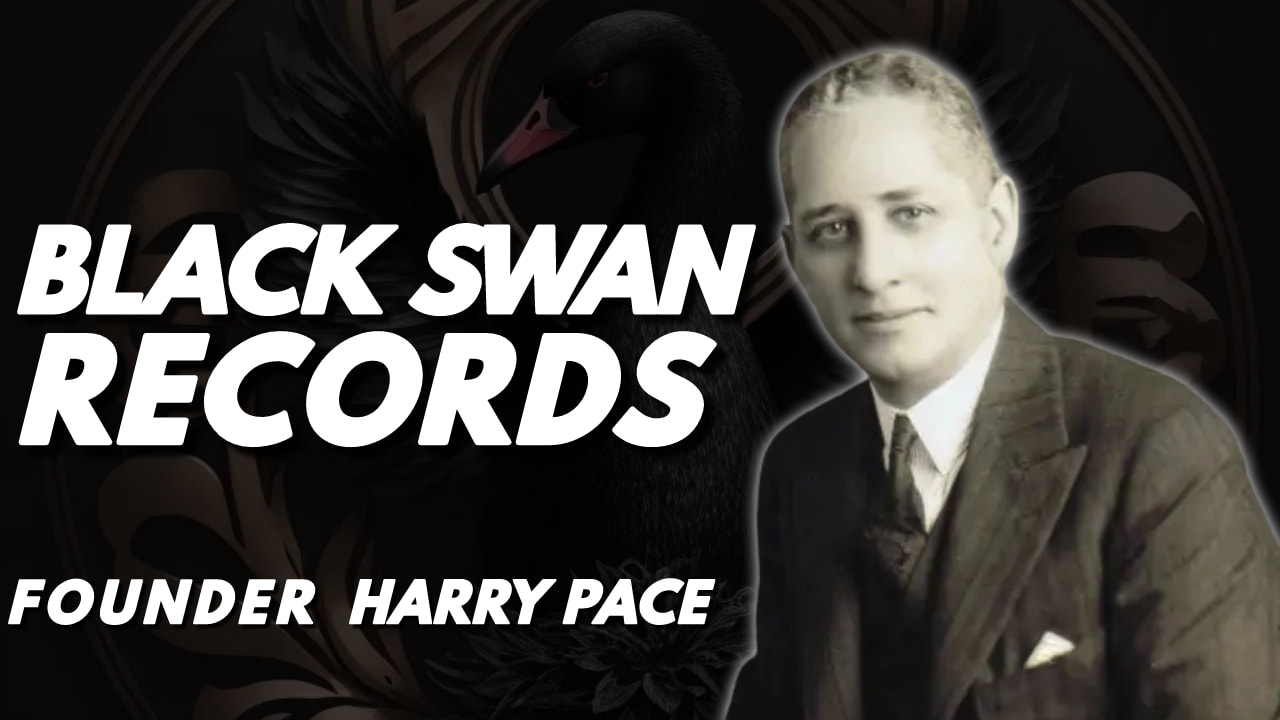
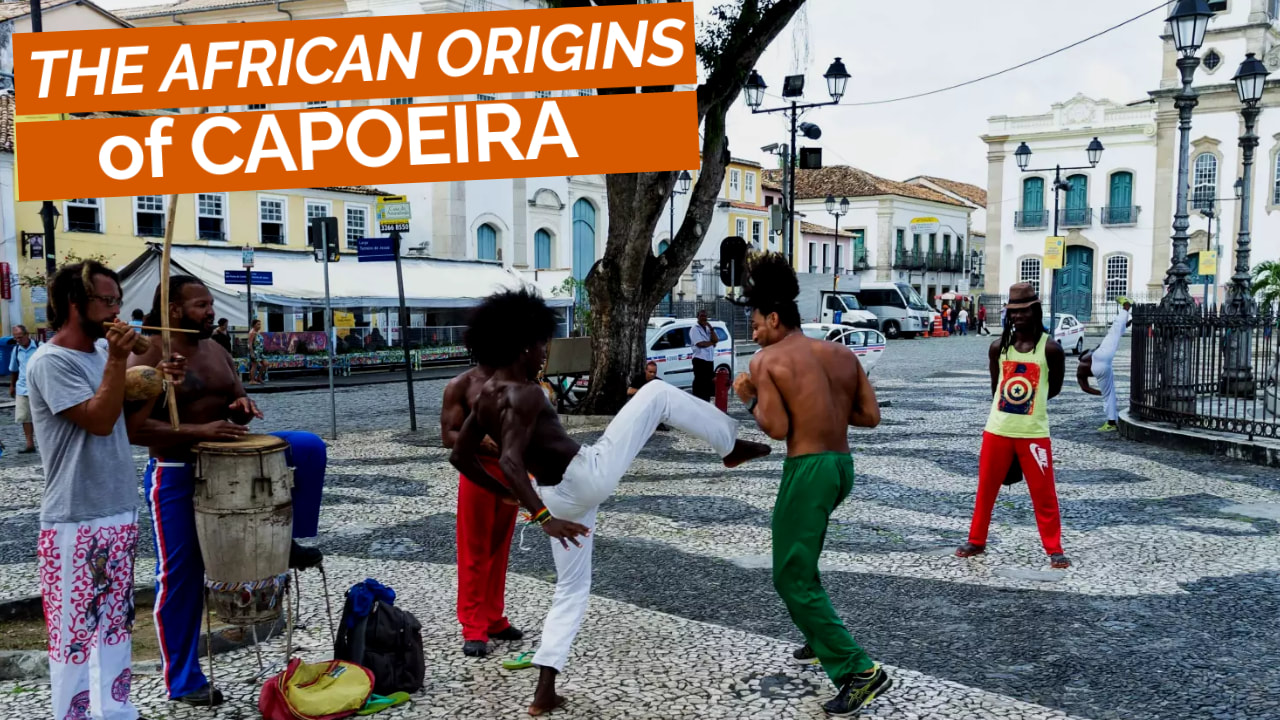
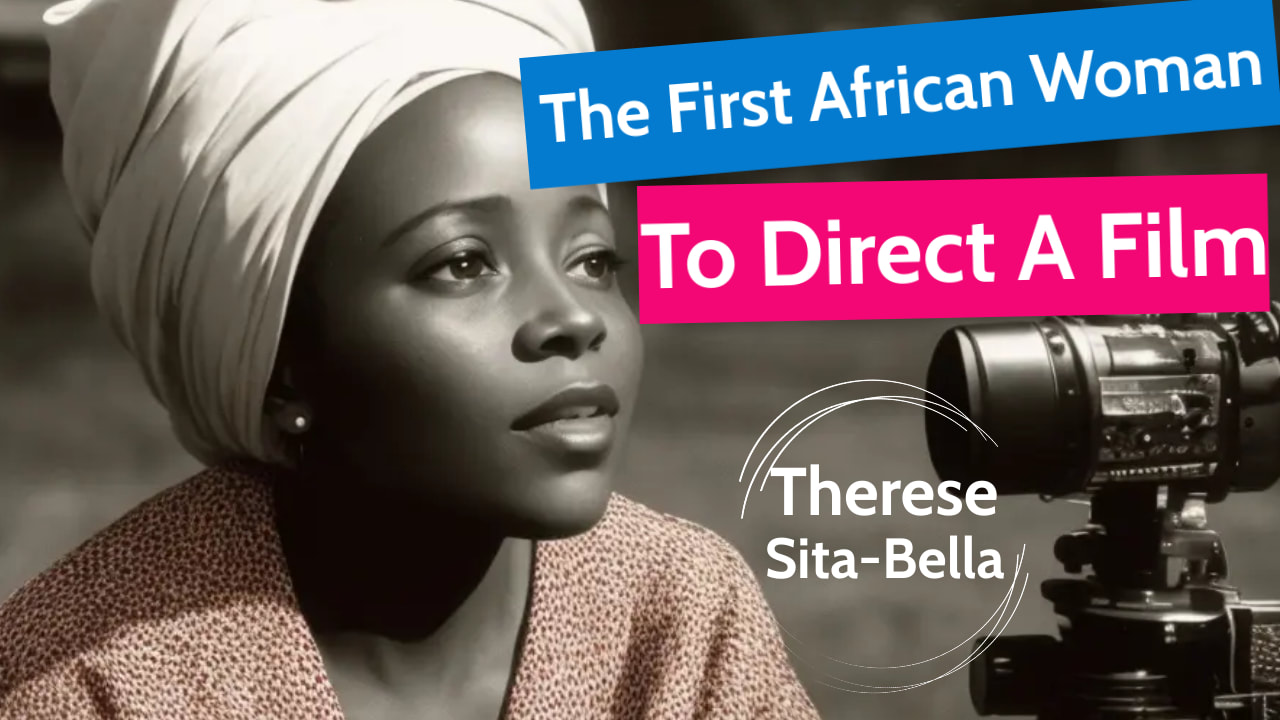
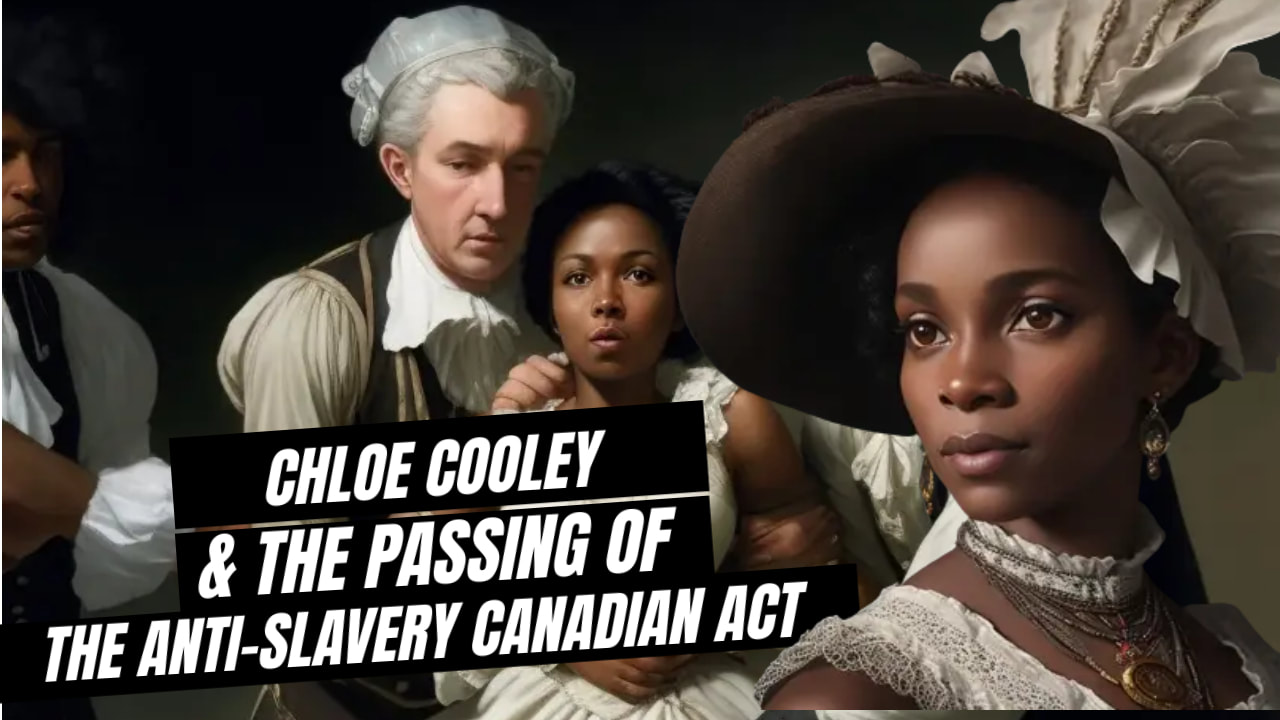
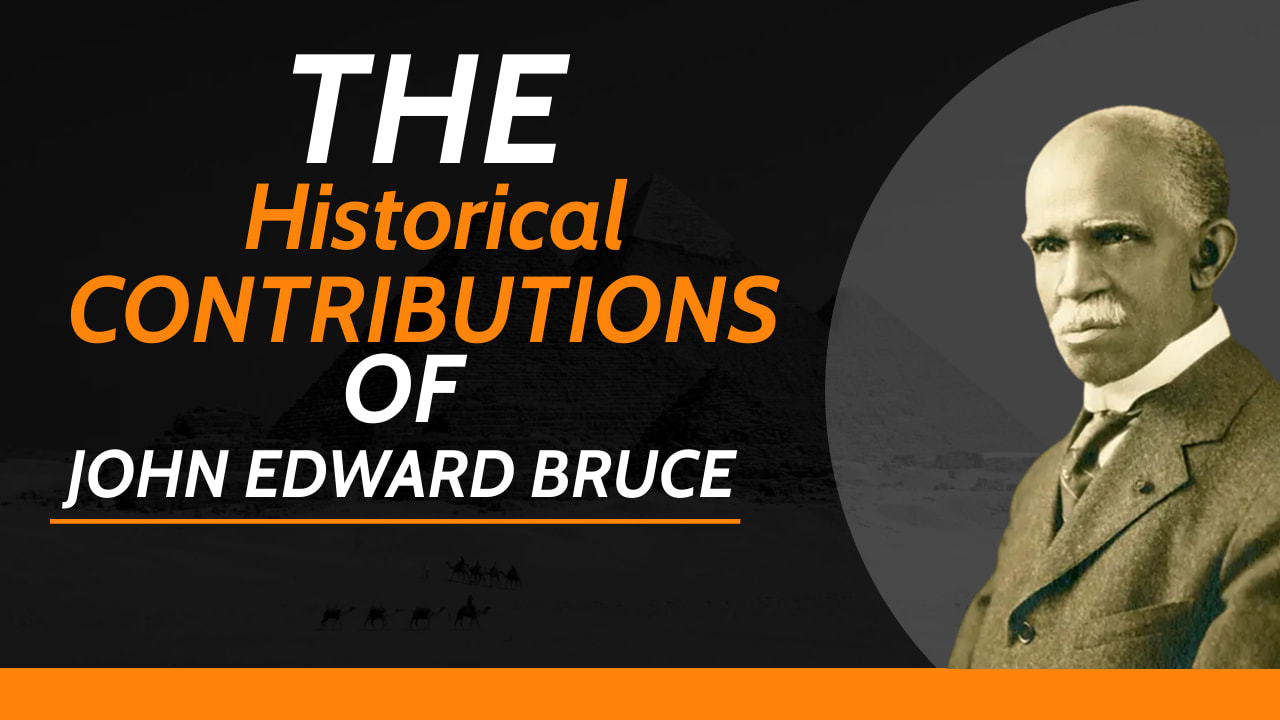

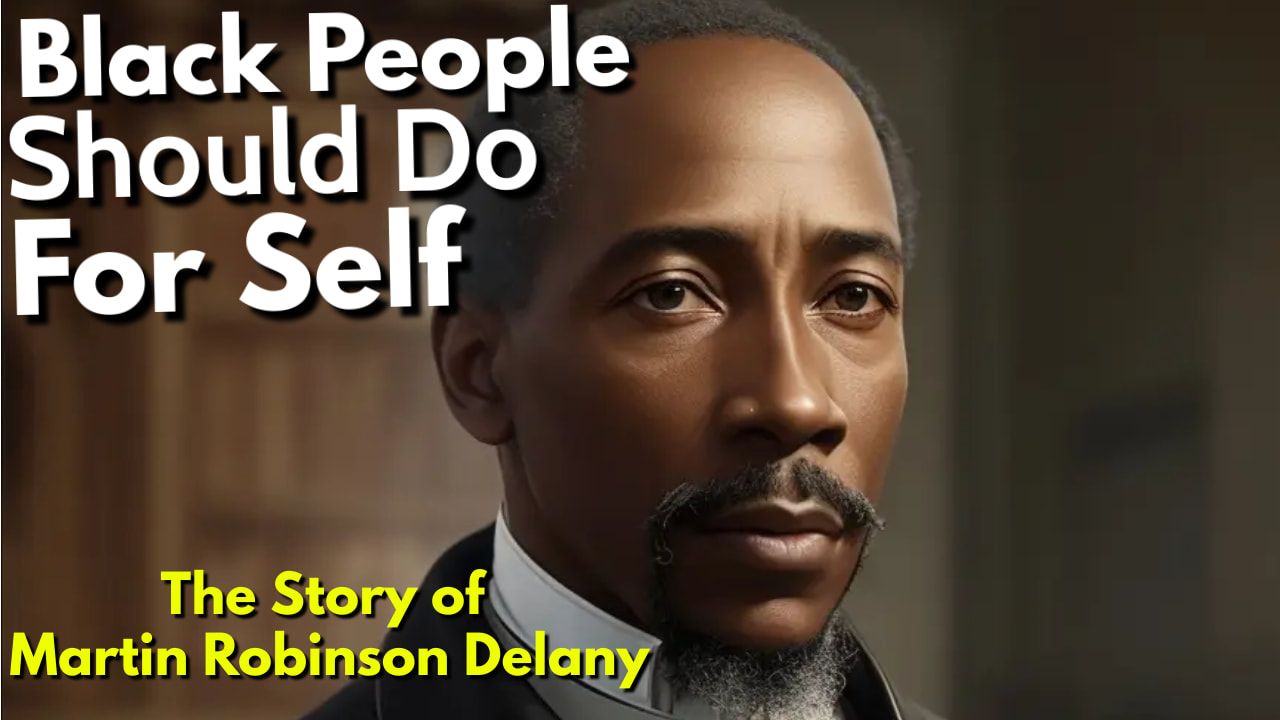
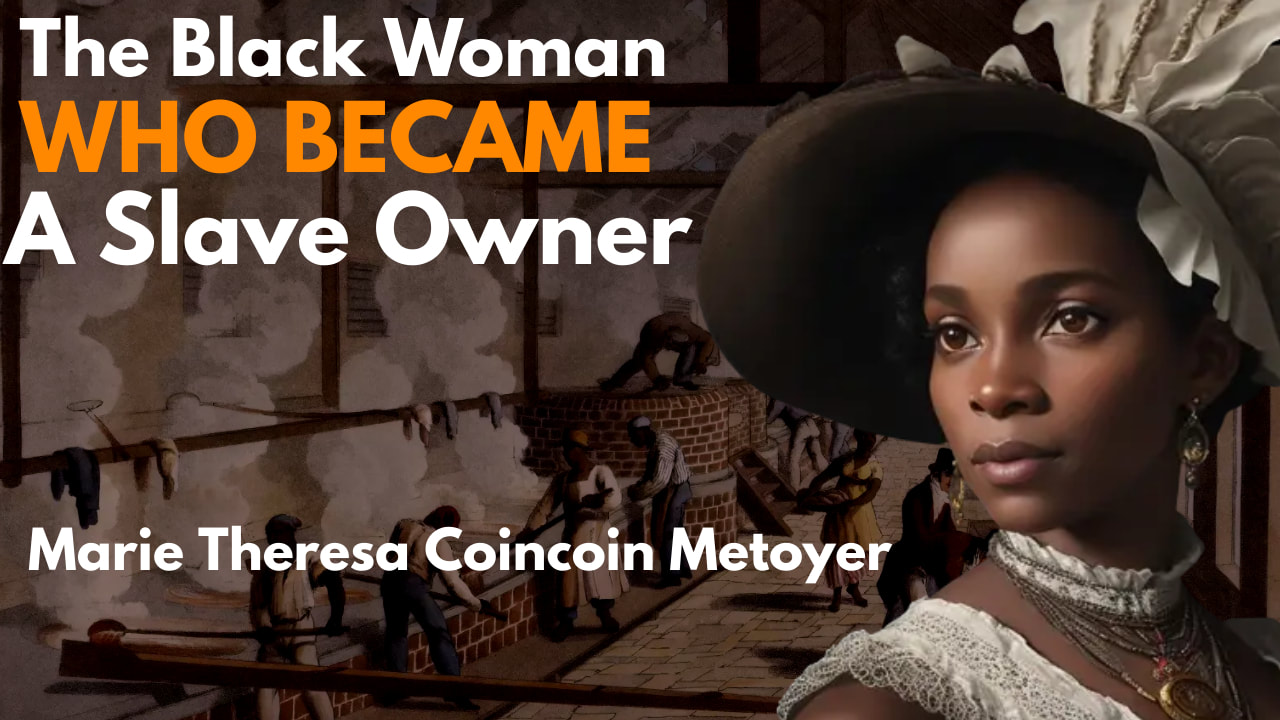
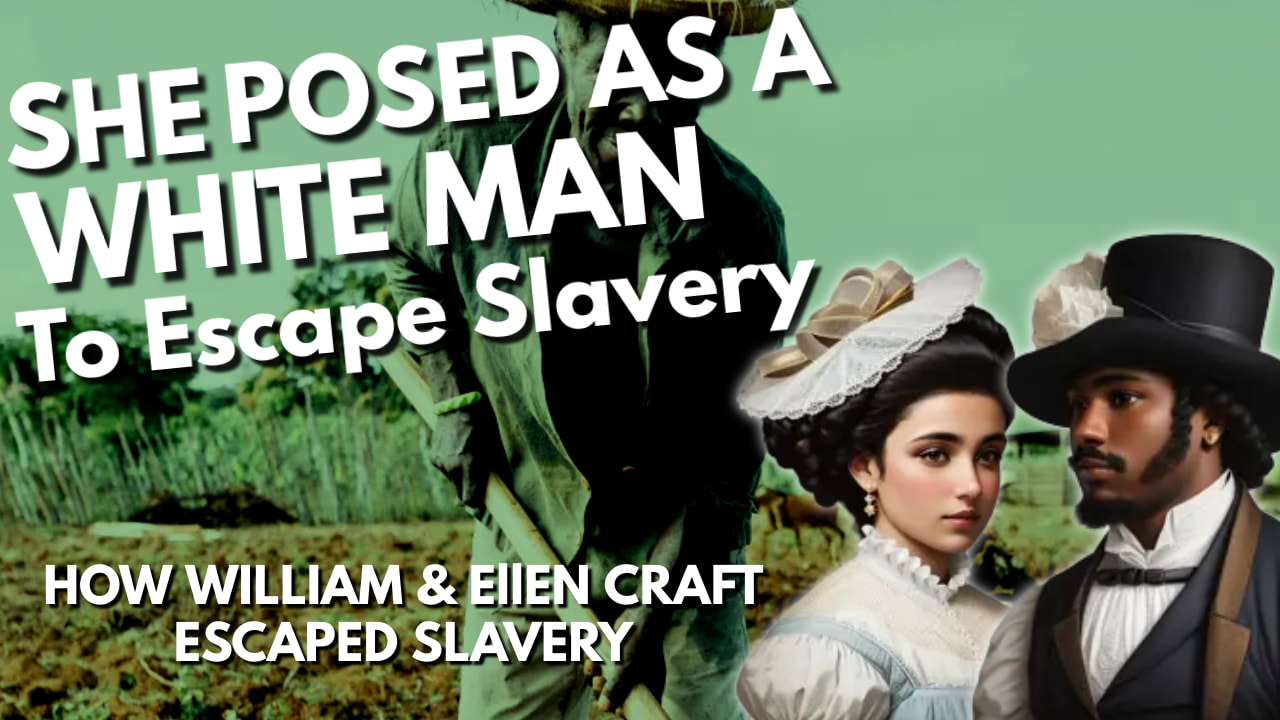
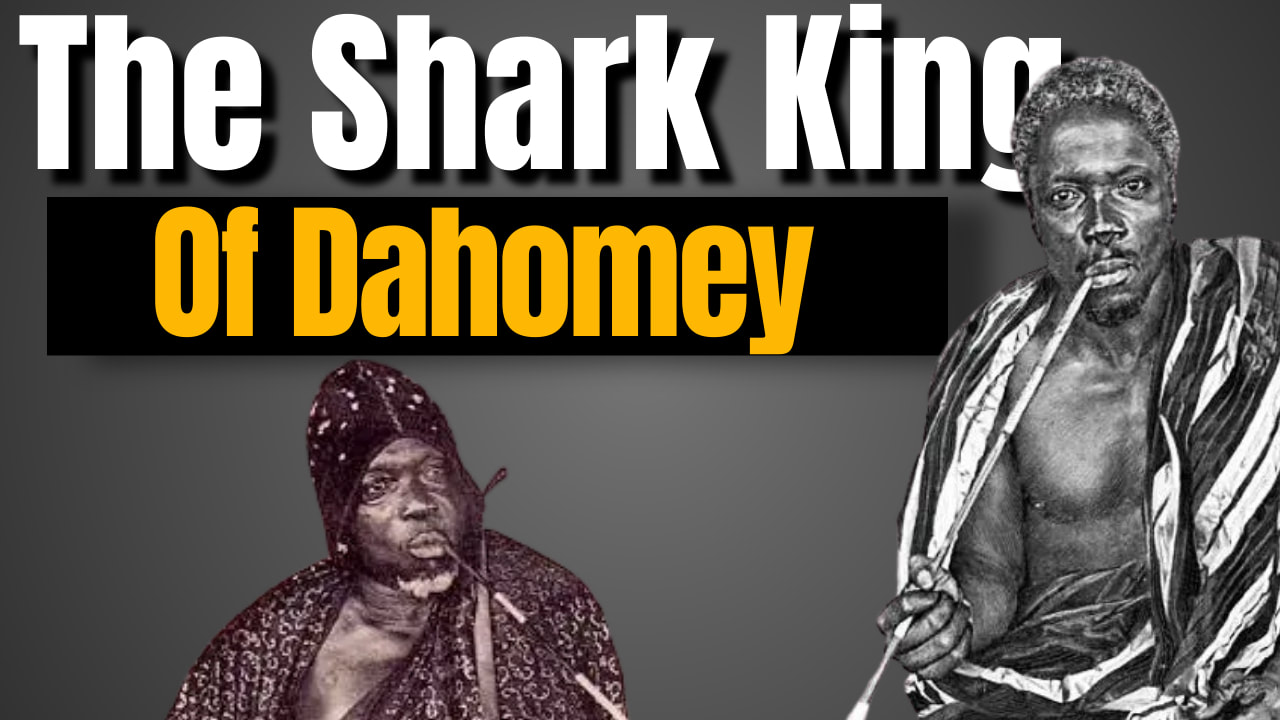

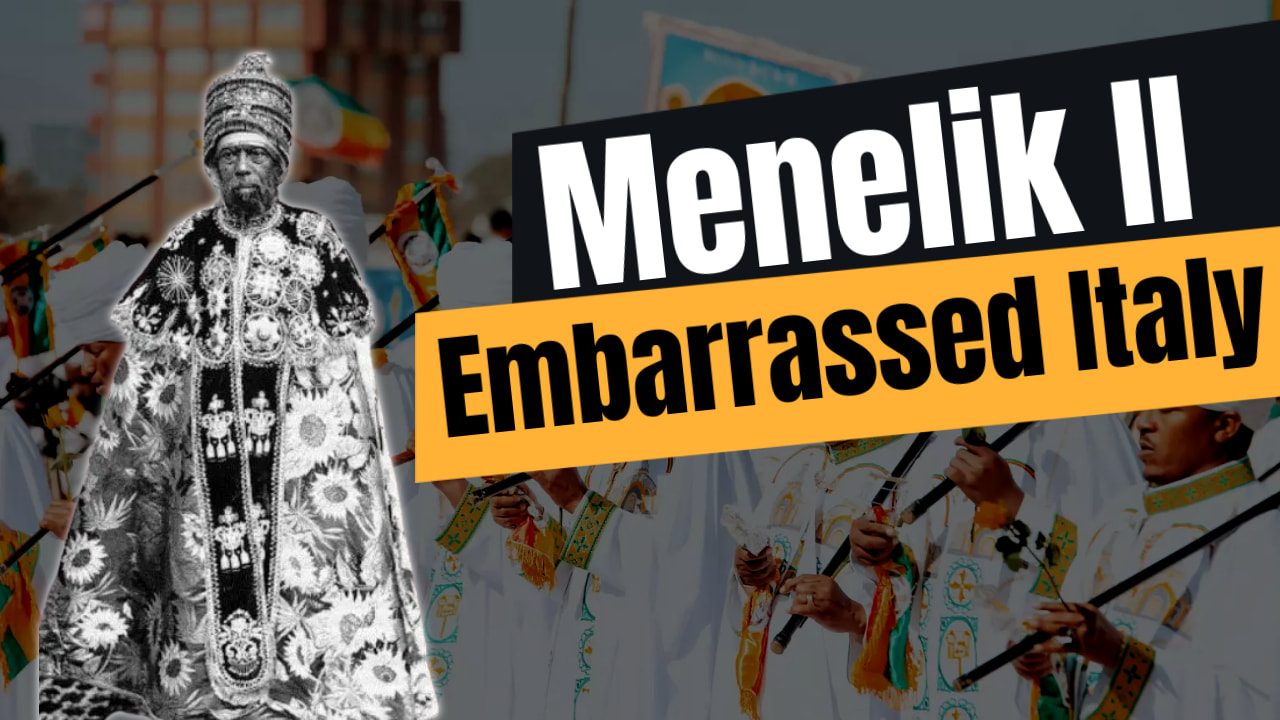
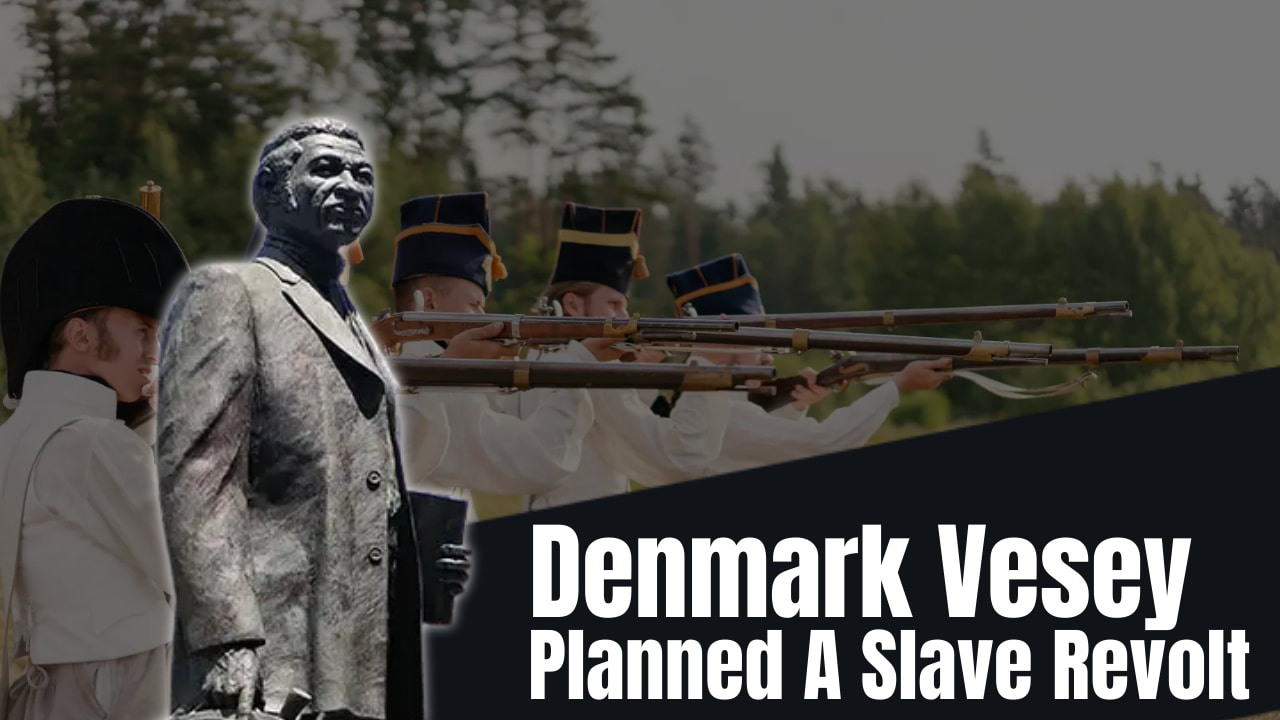
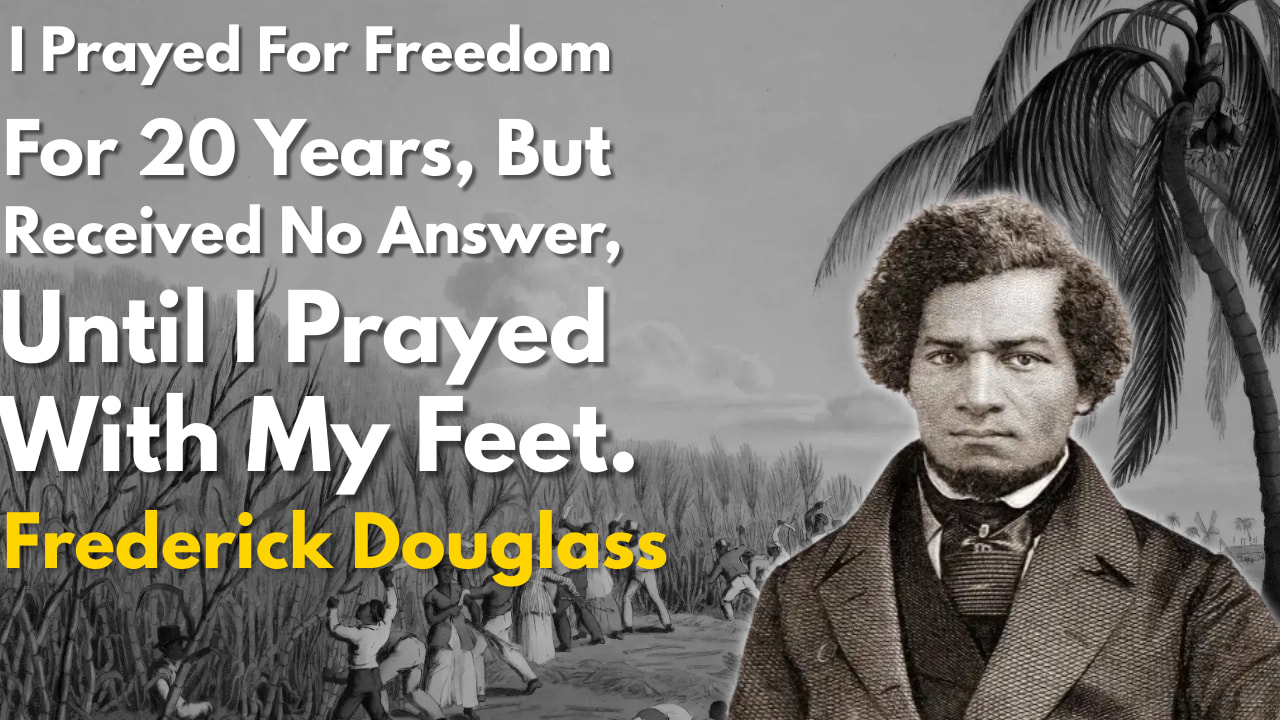
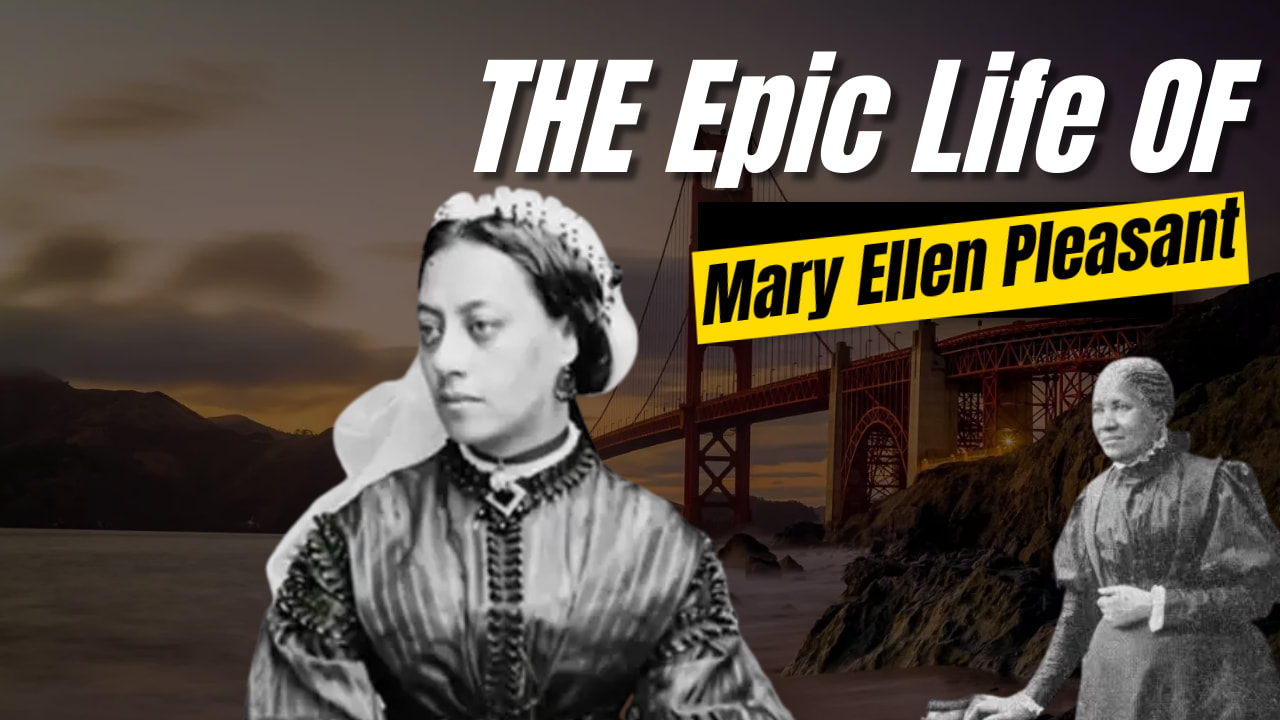
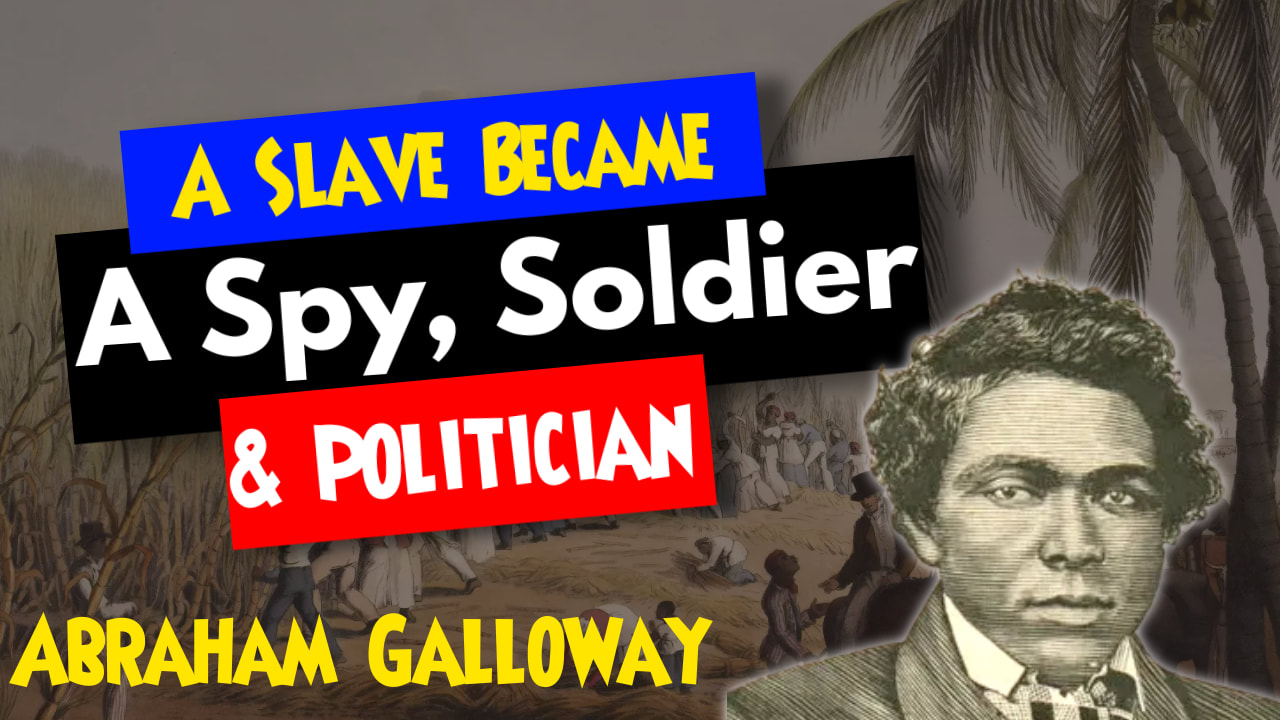
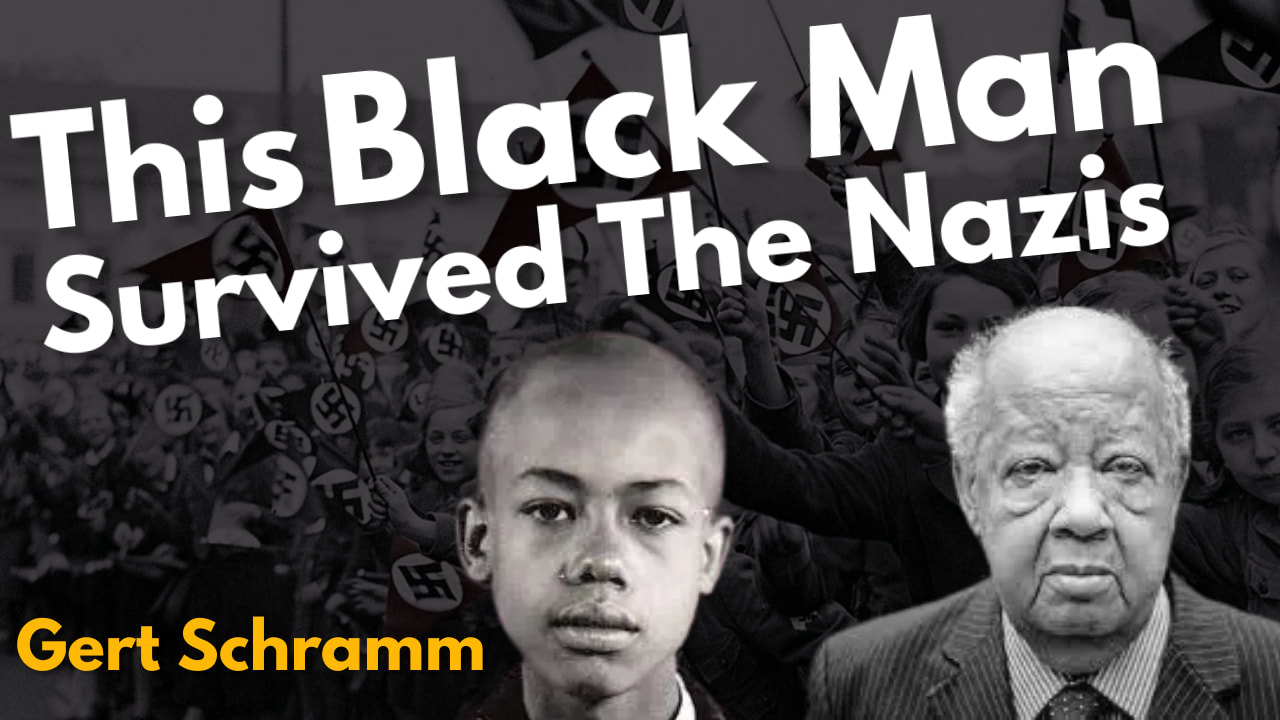
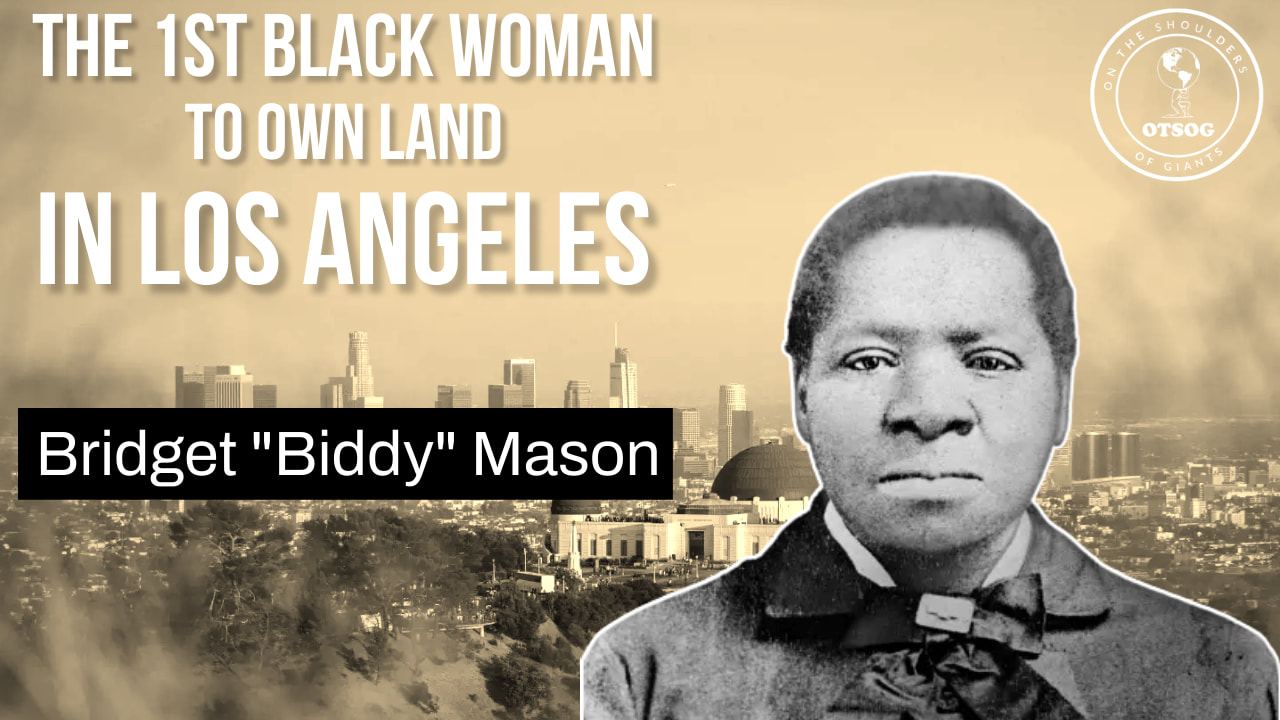
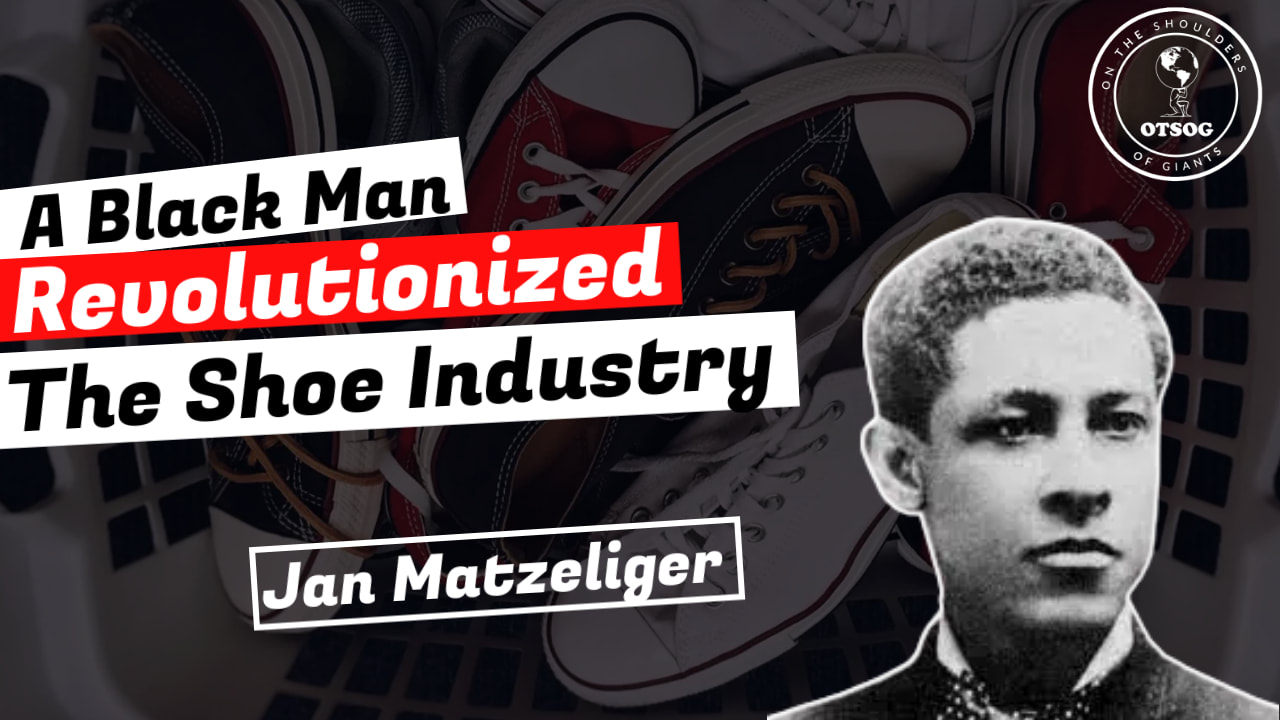
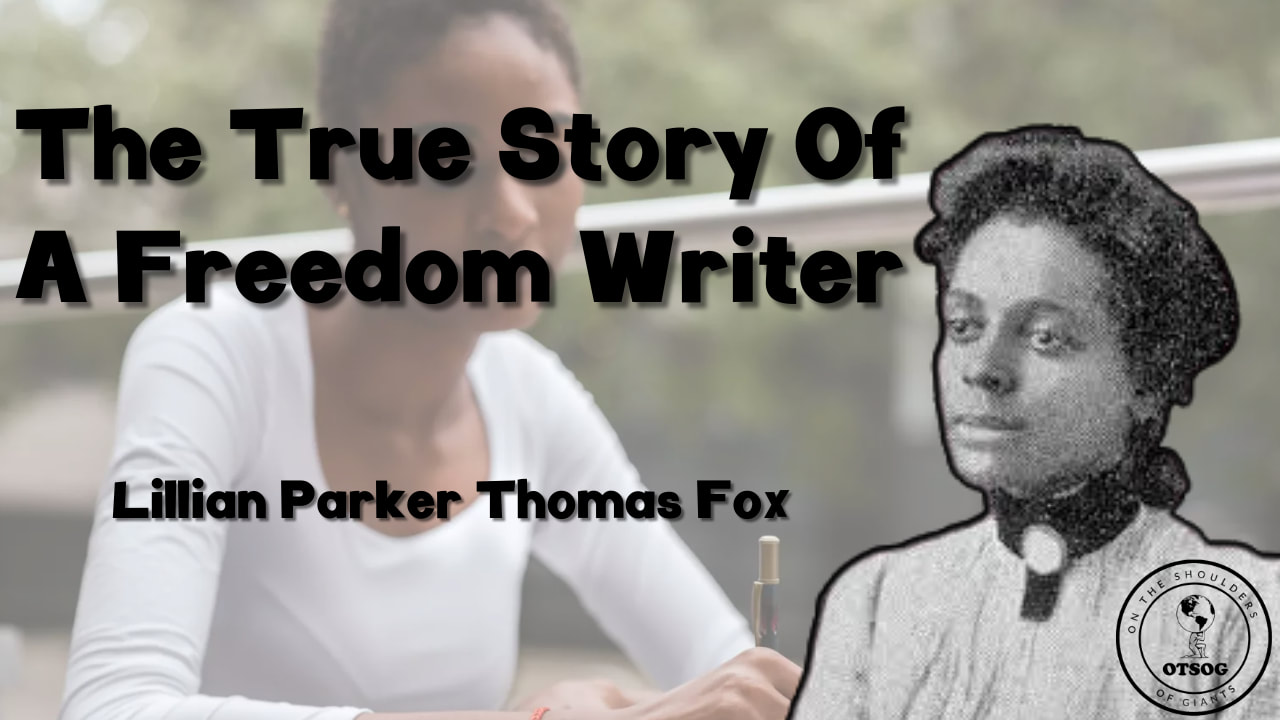
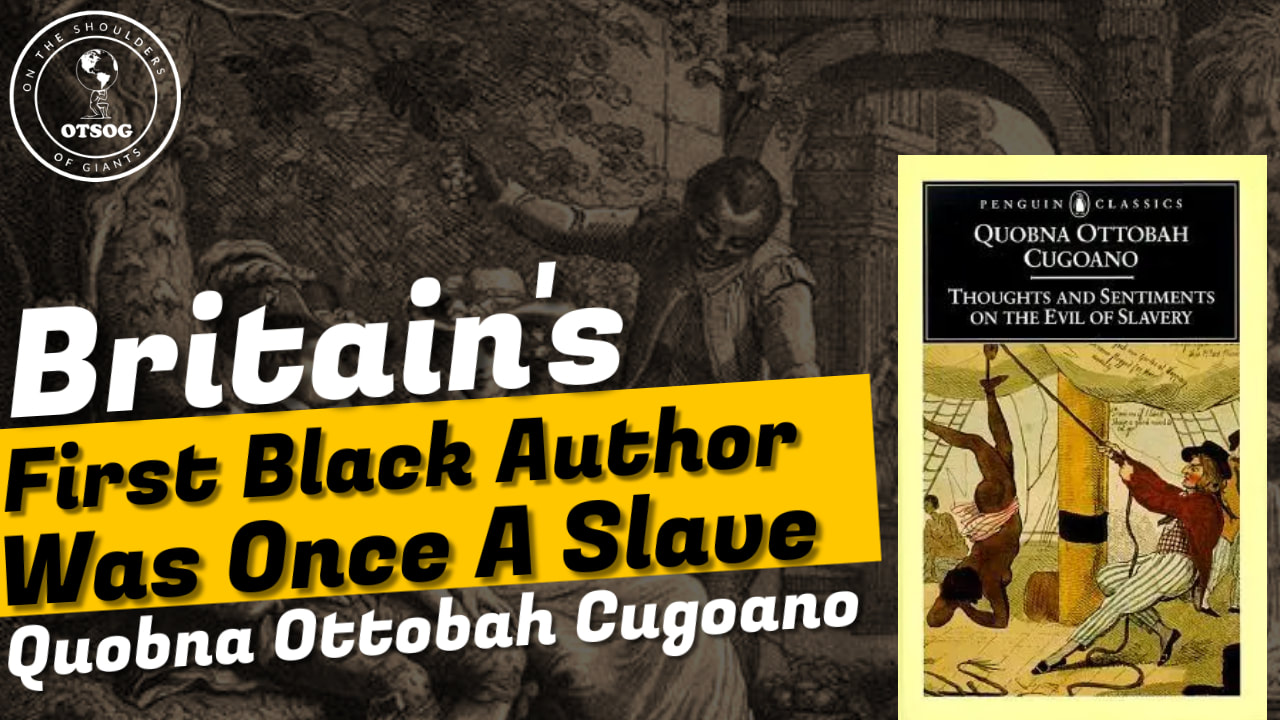
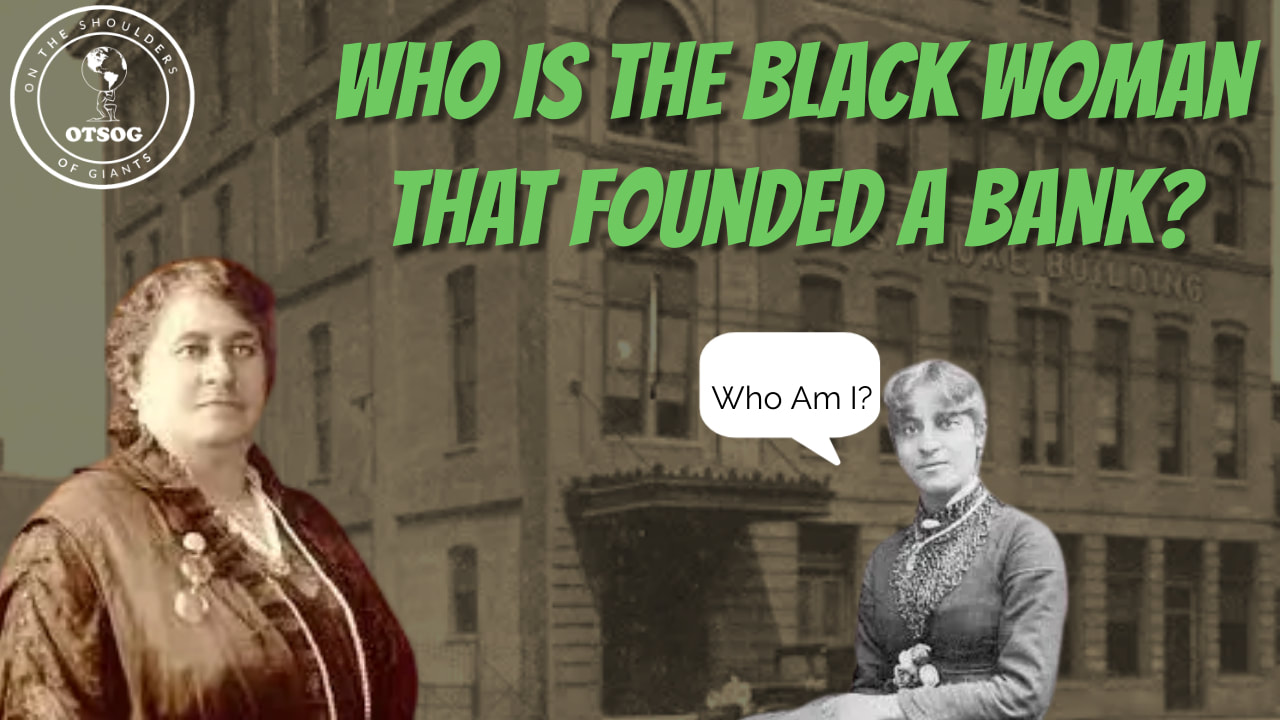
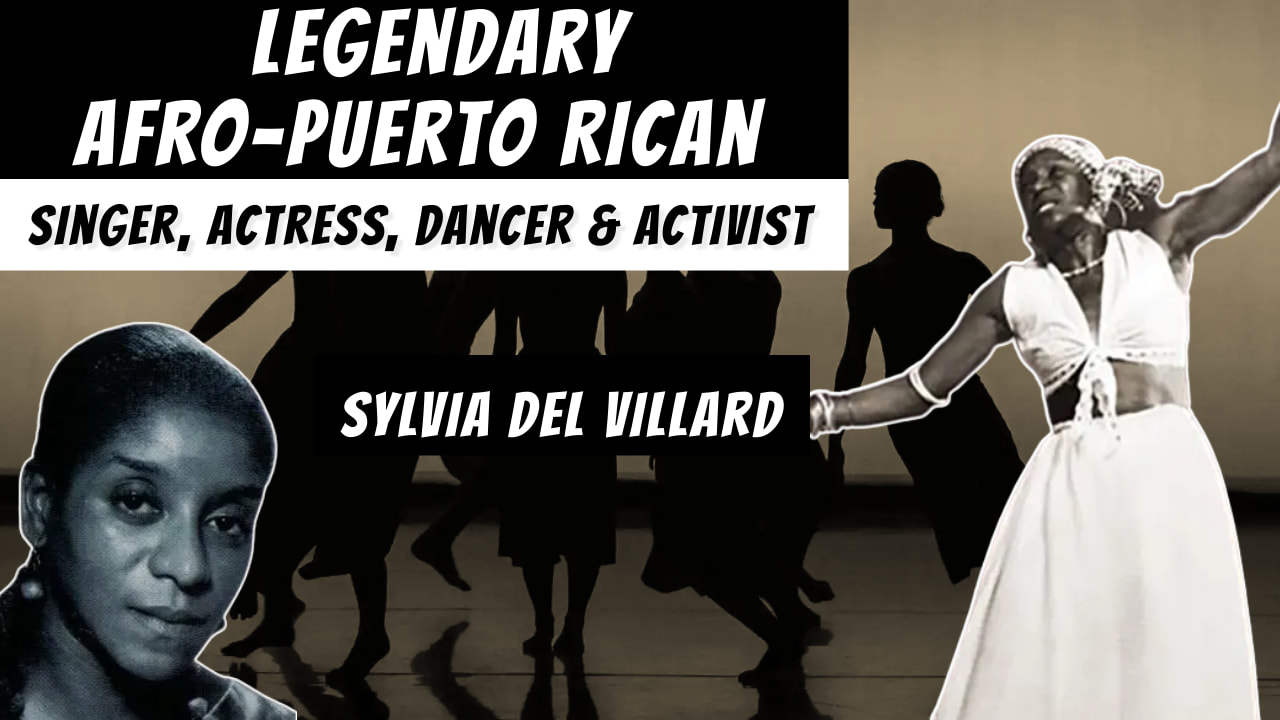

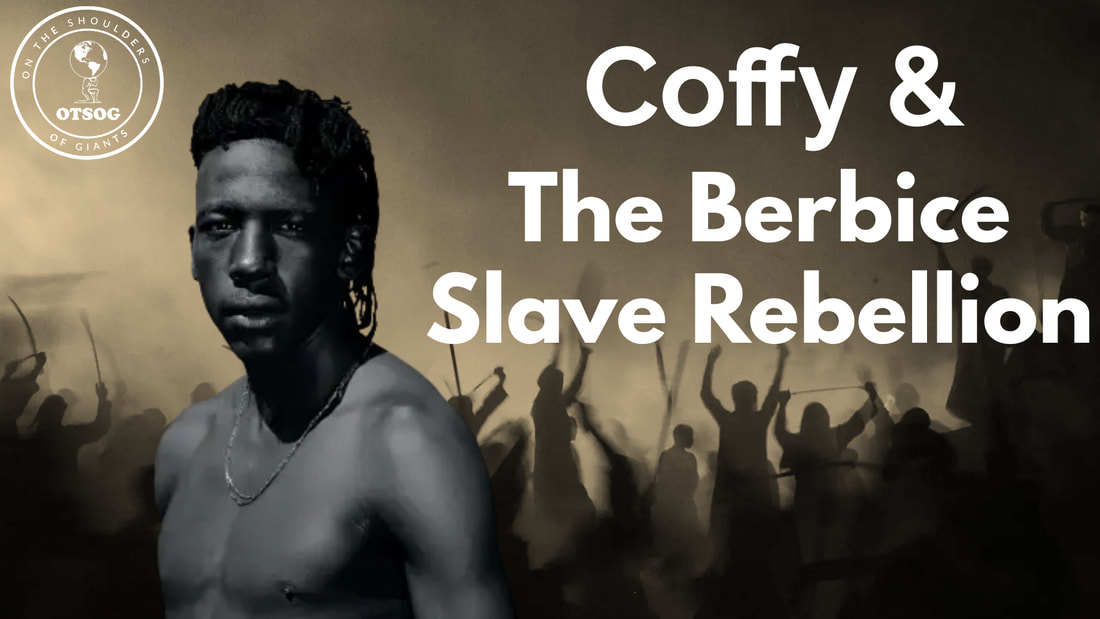
 RSS Feed
RSS Feed
